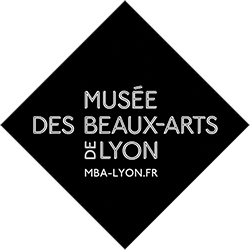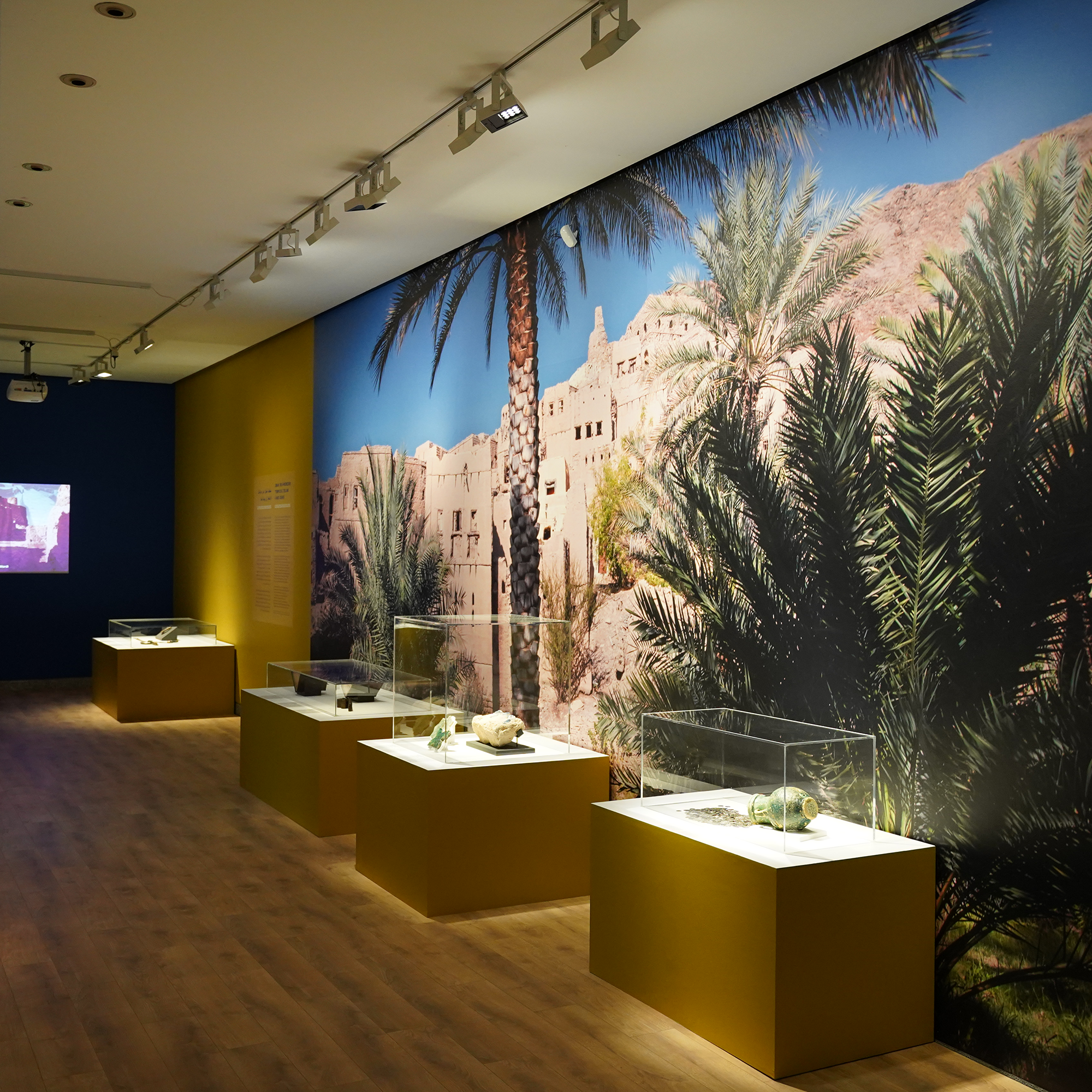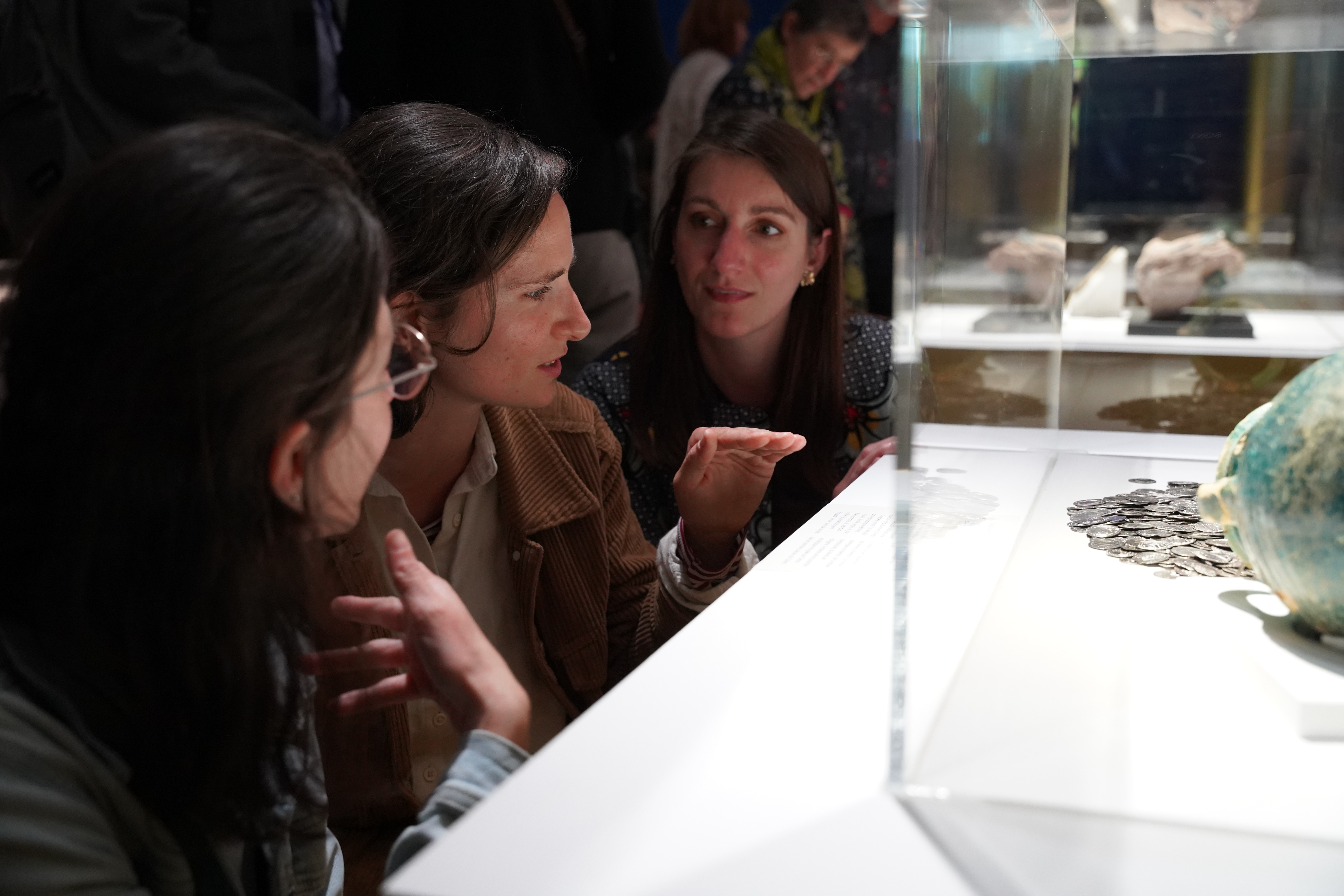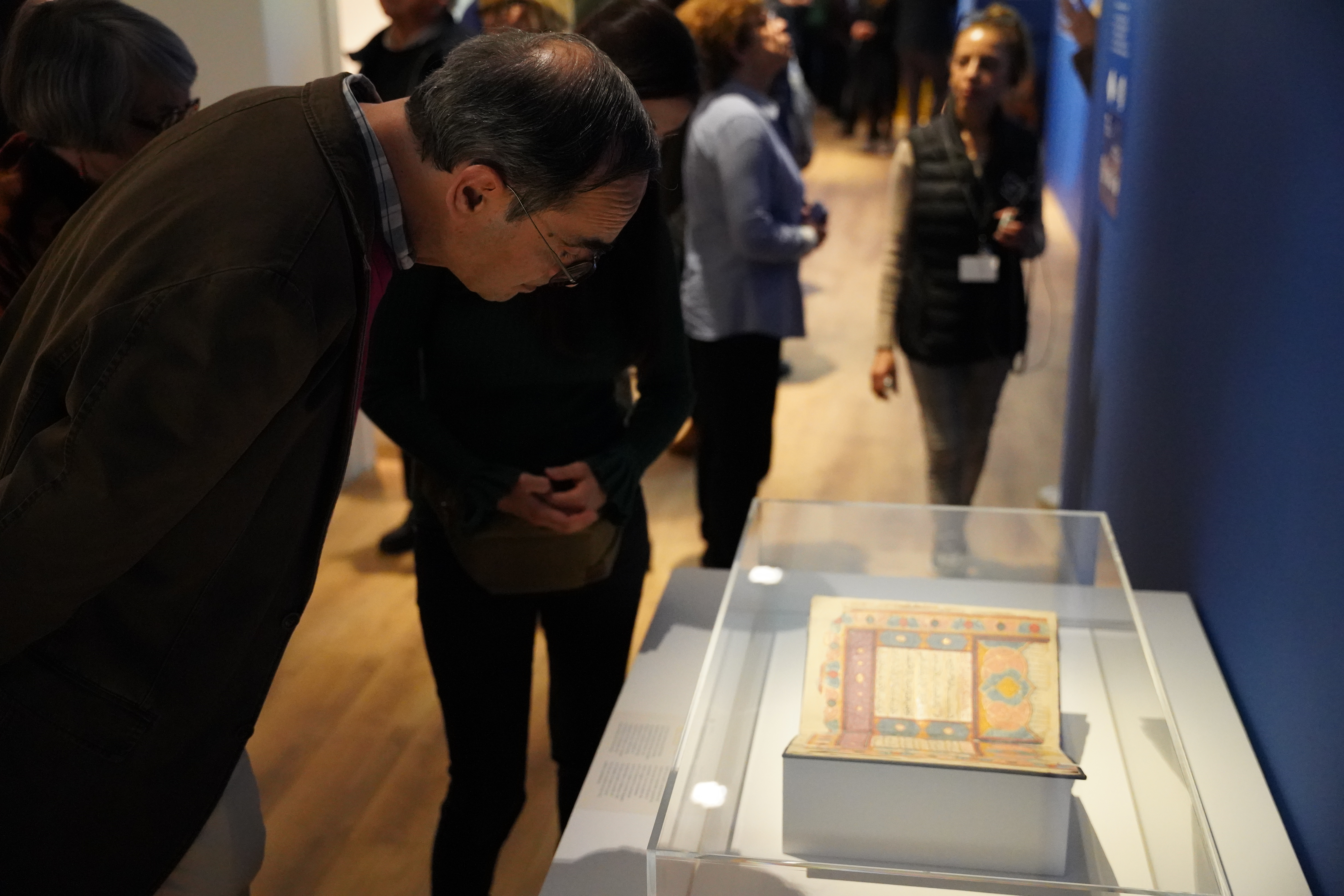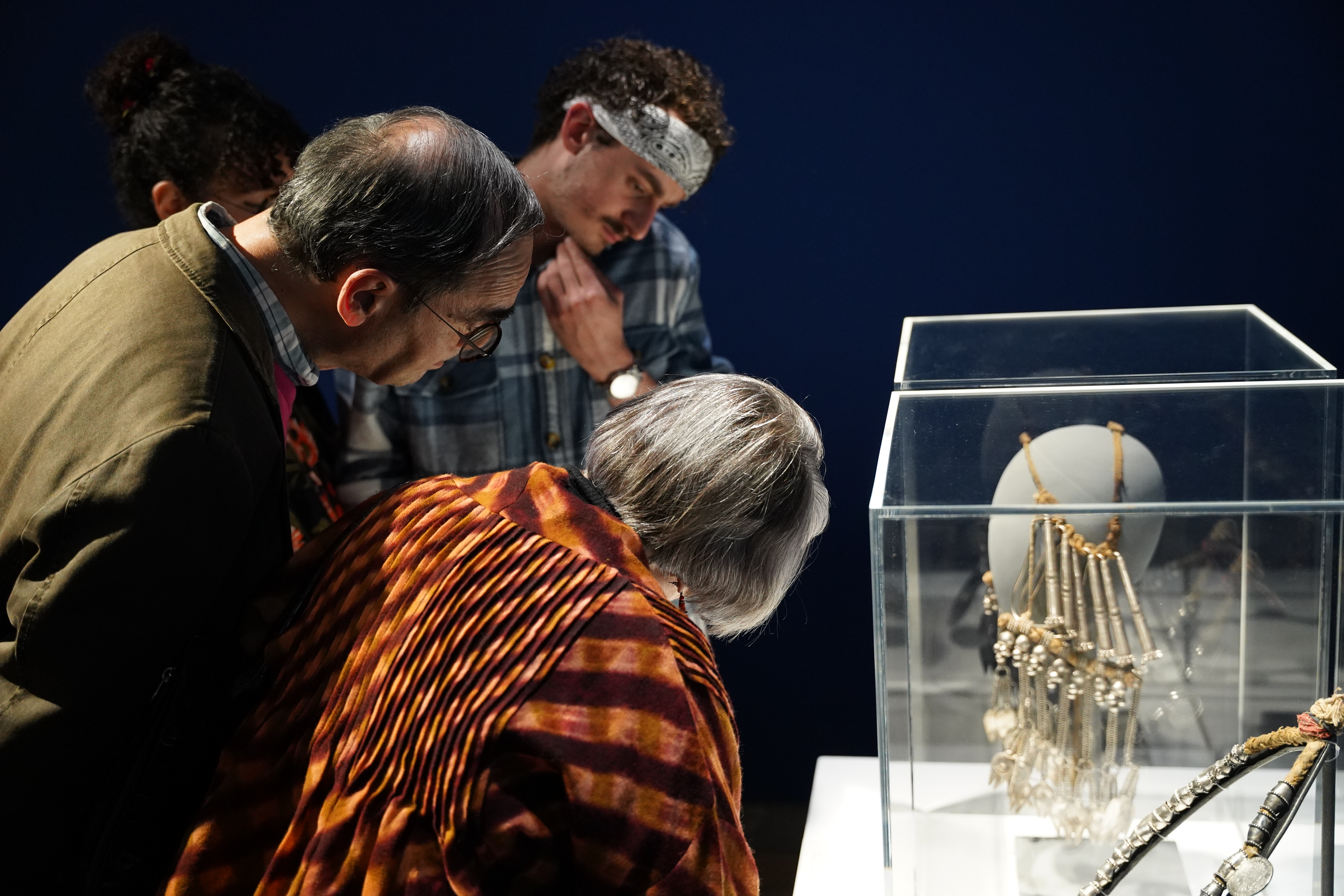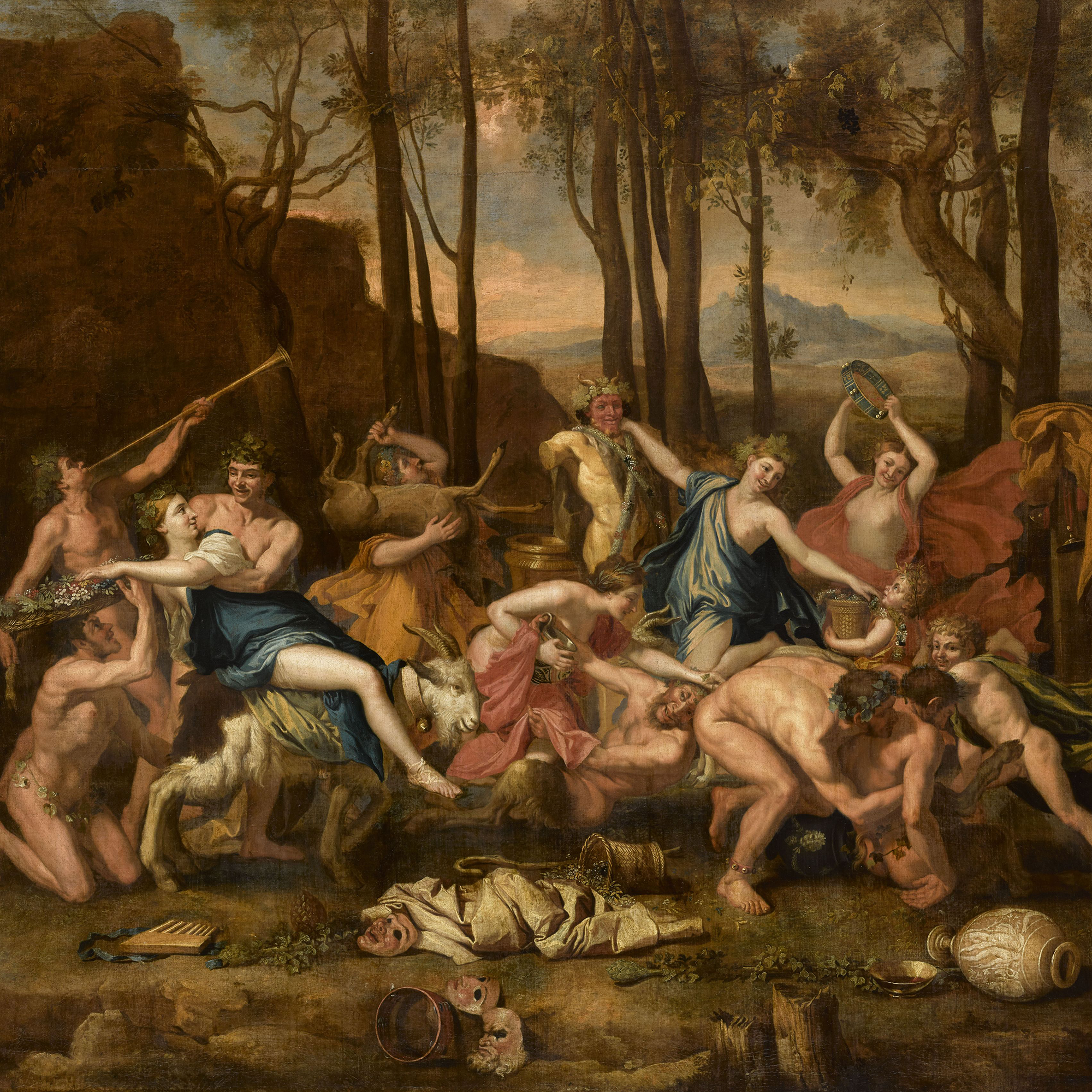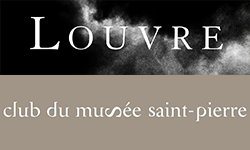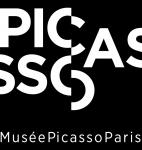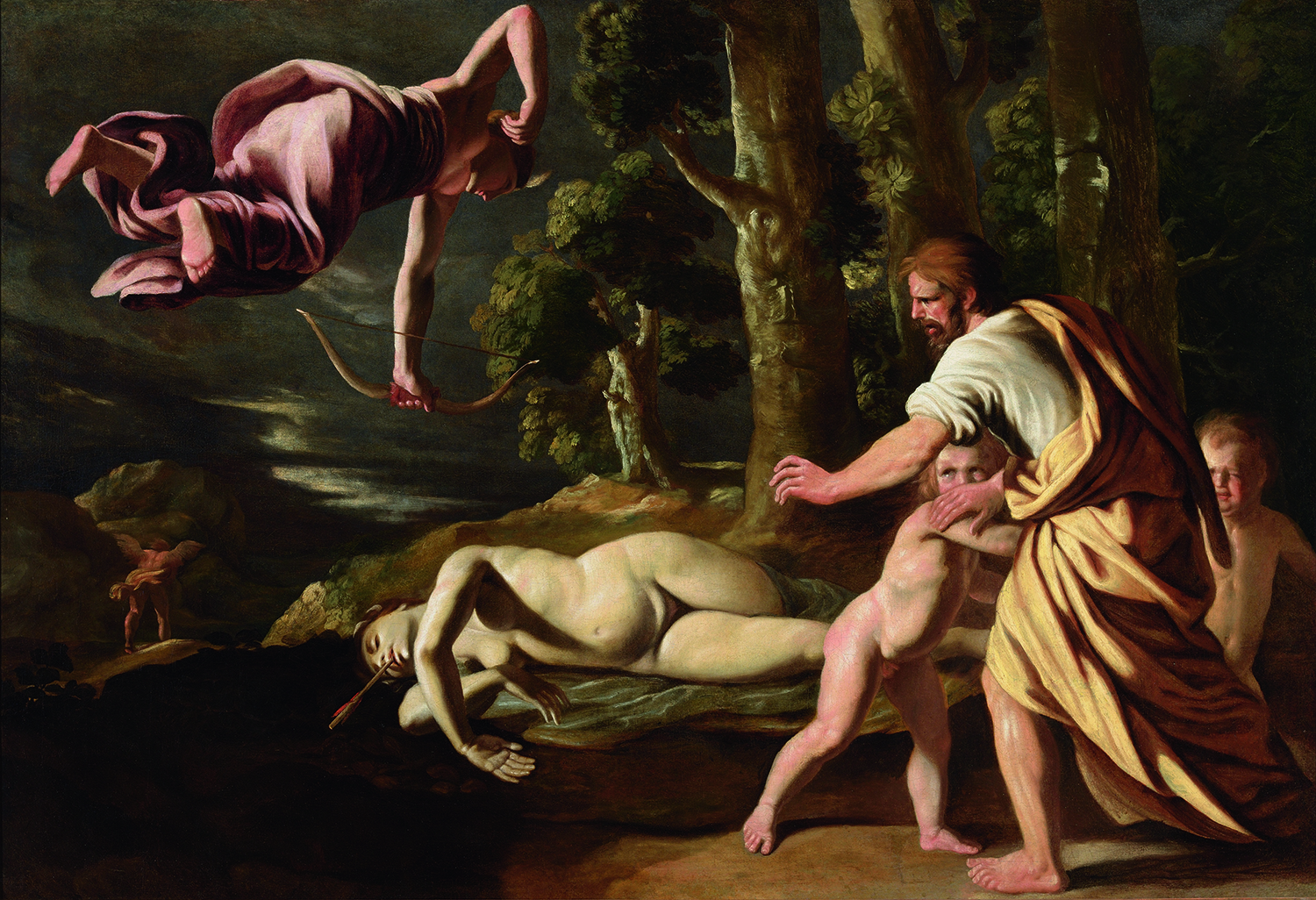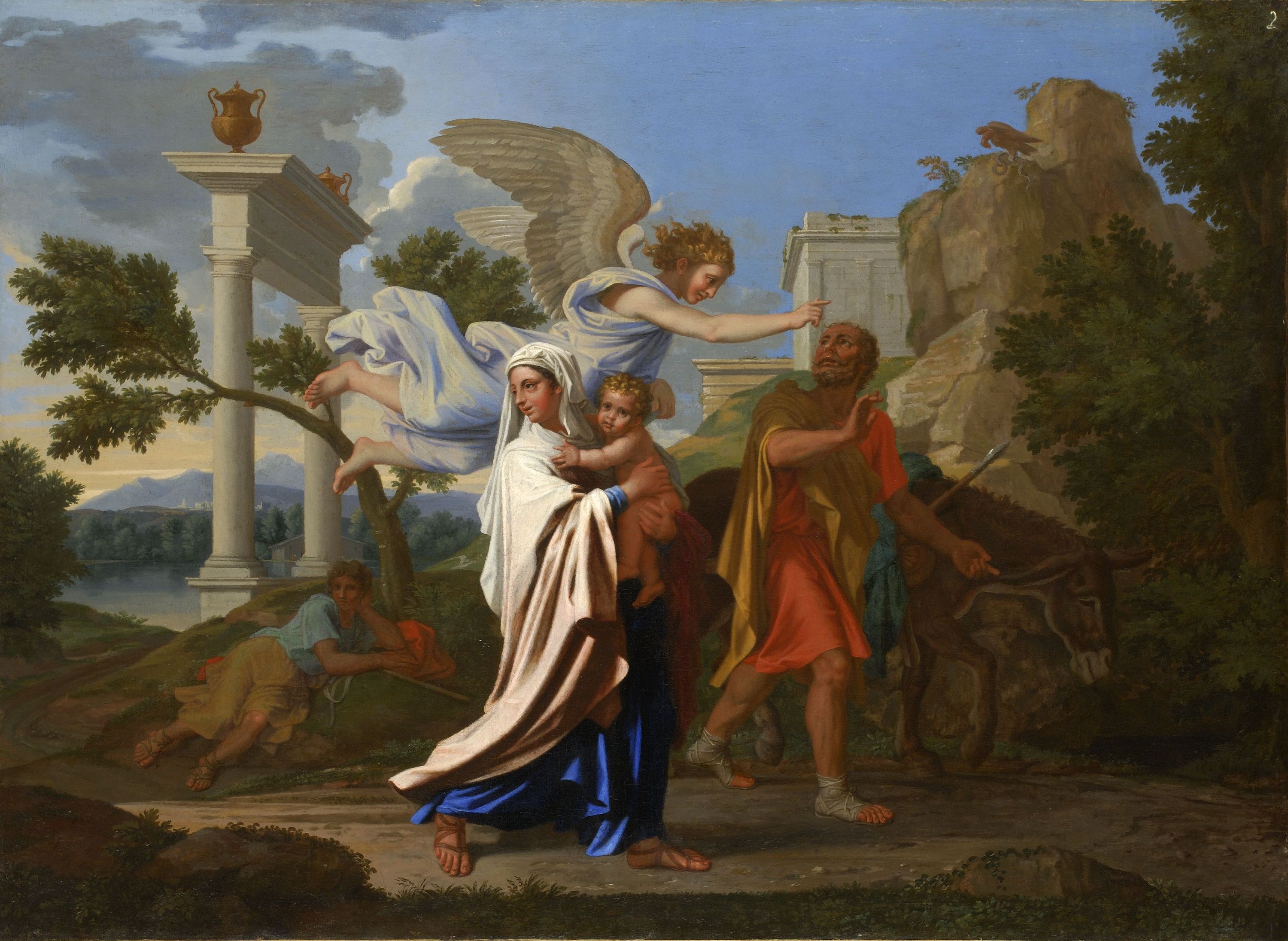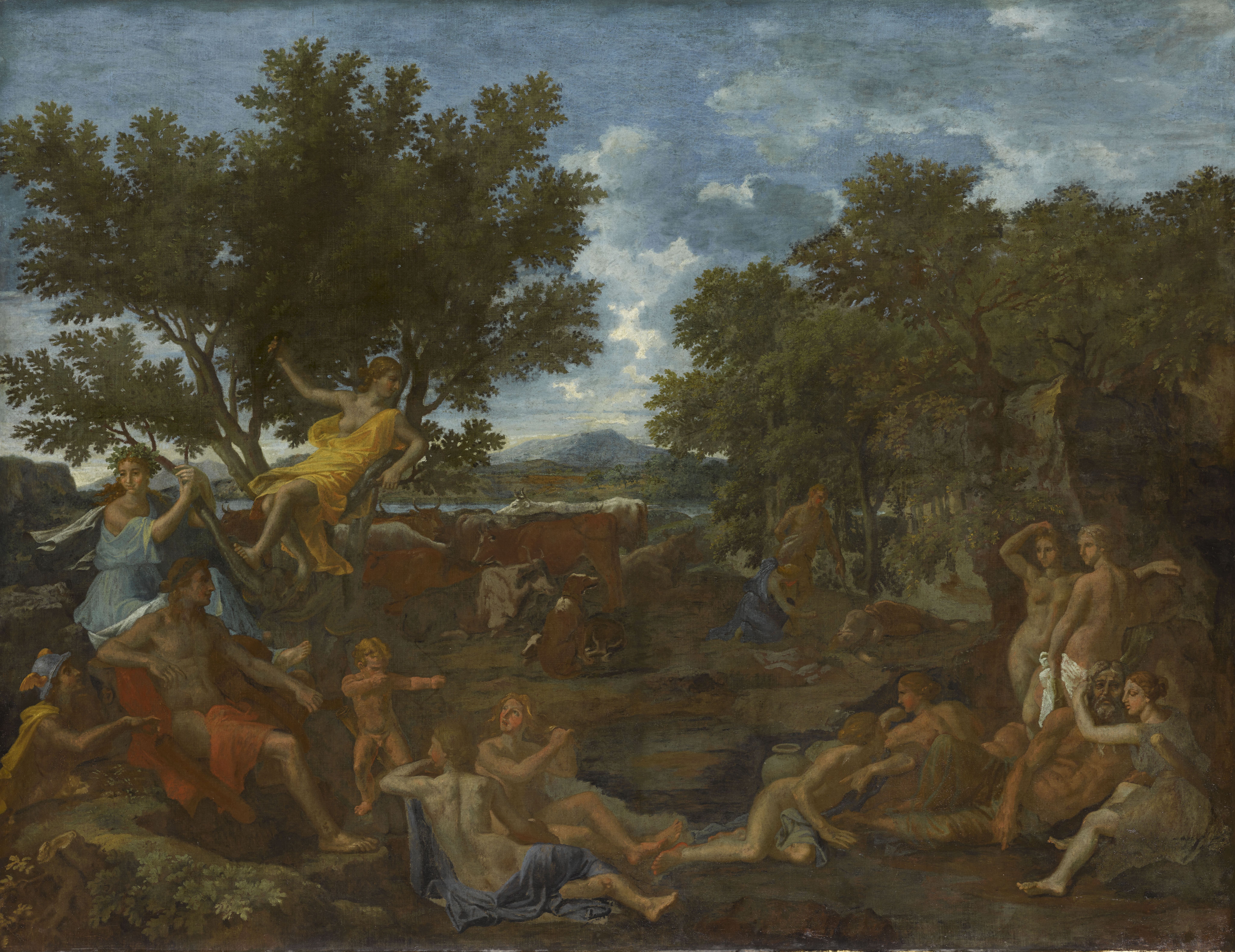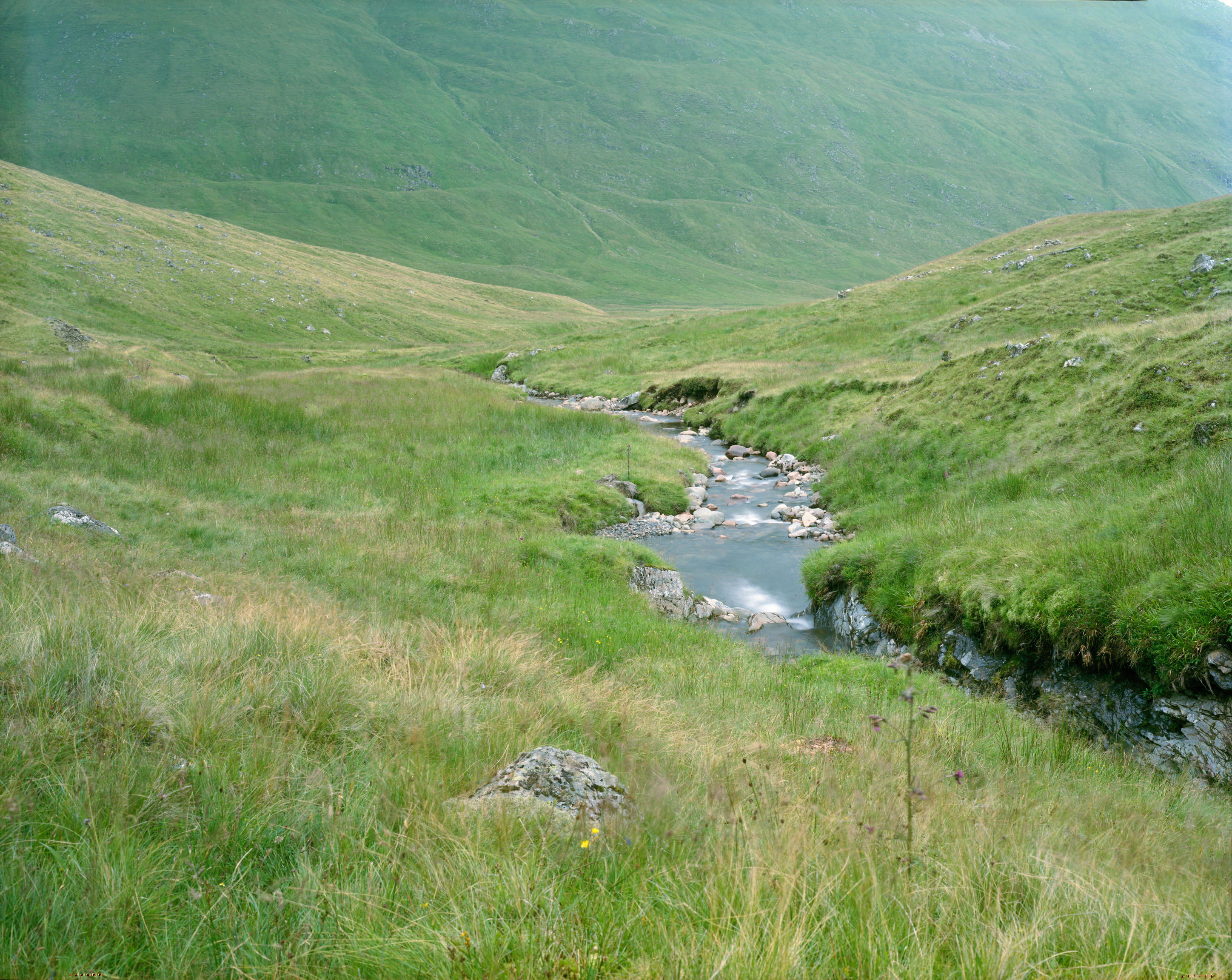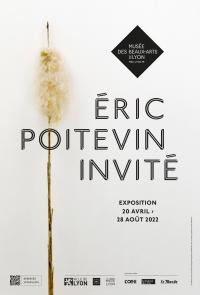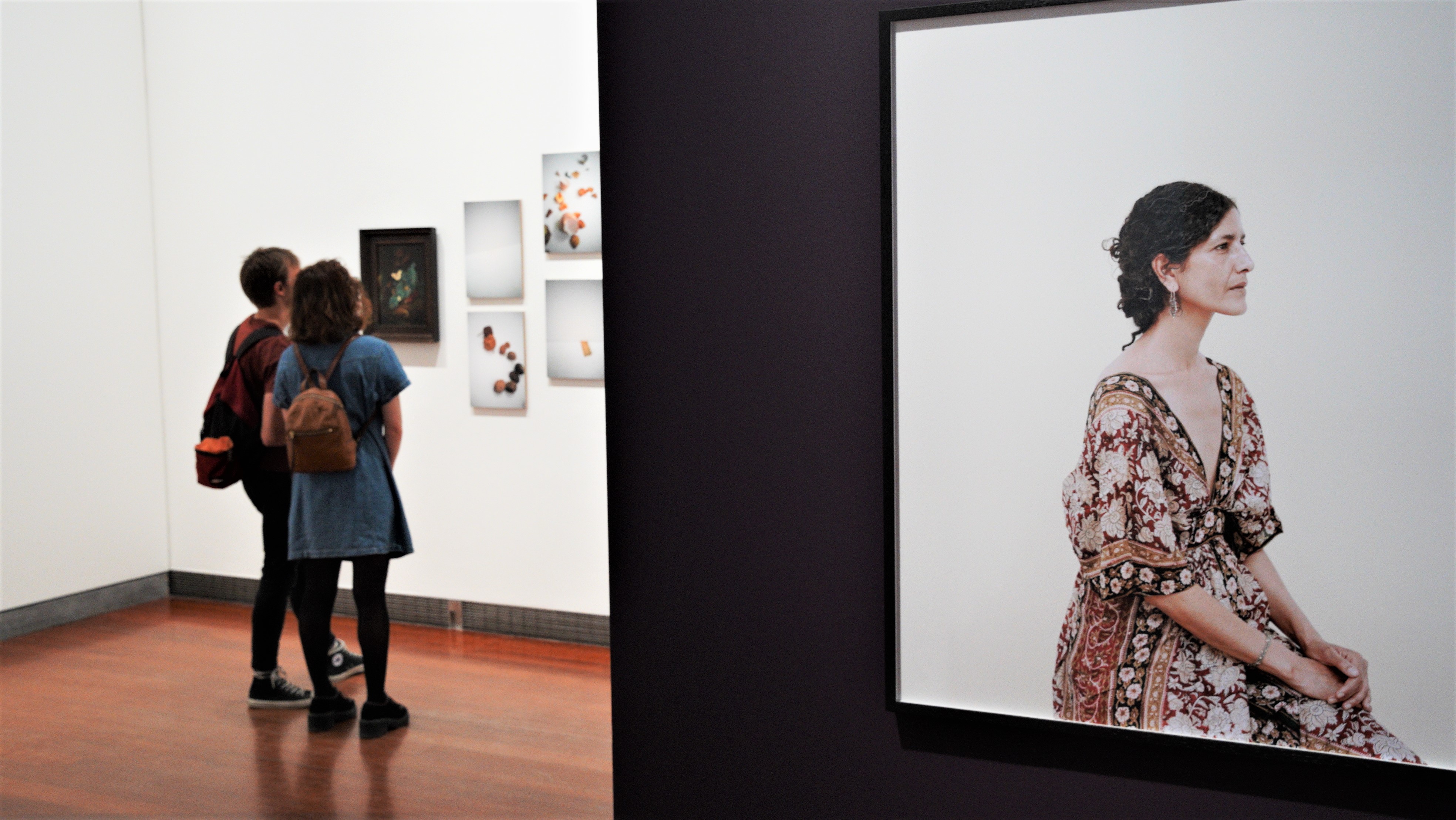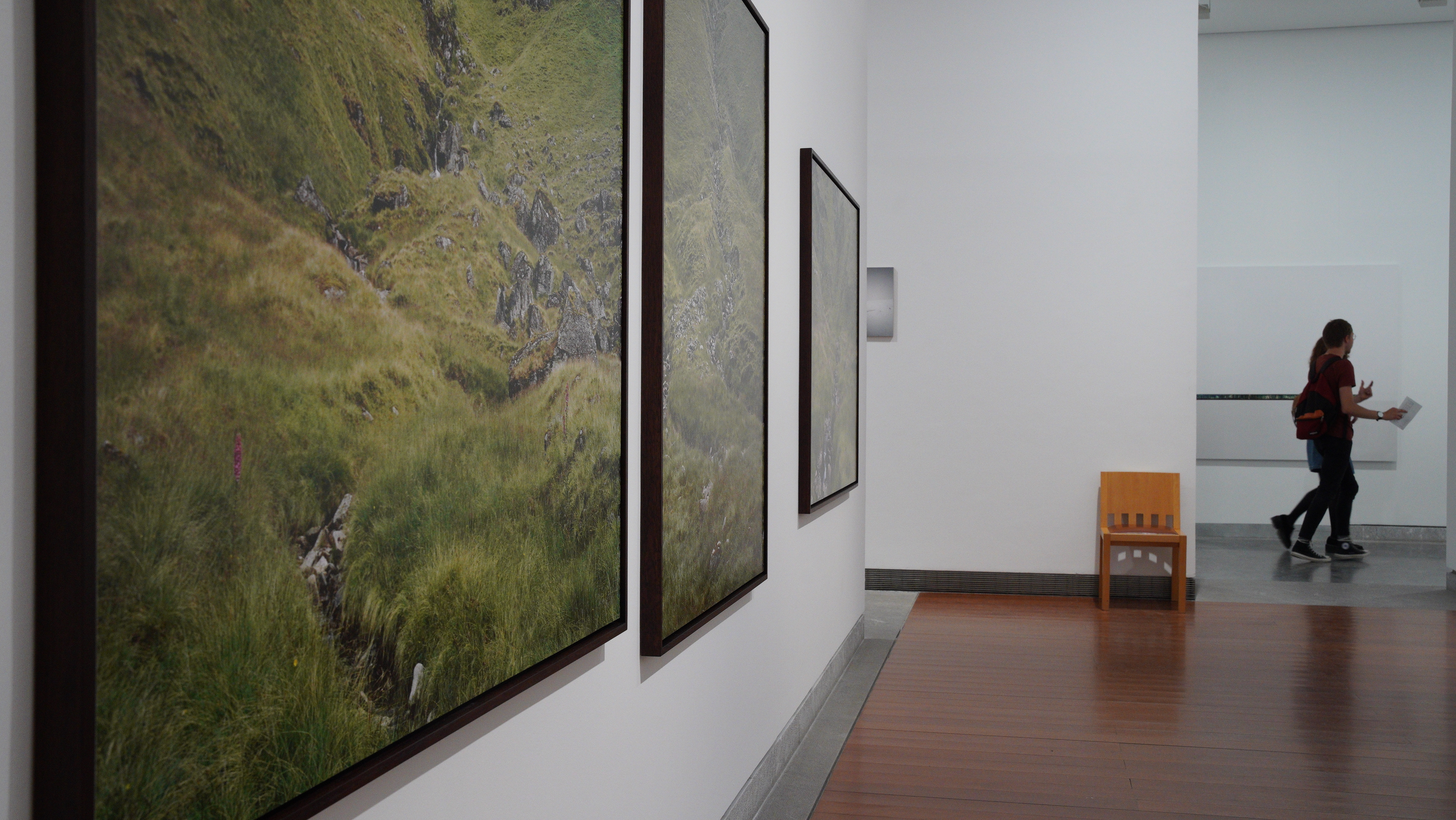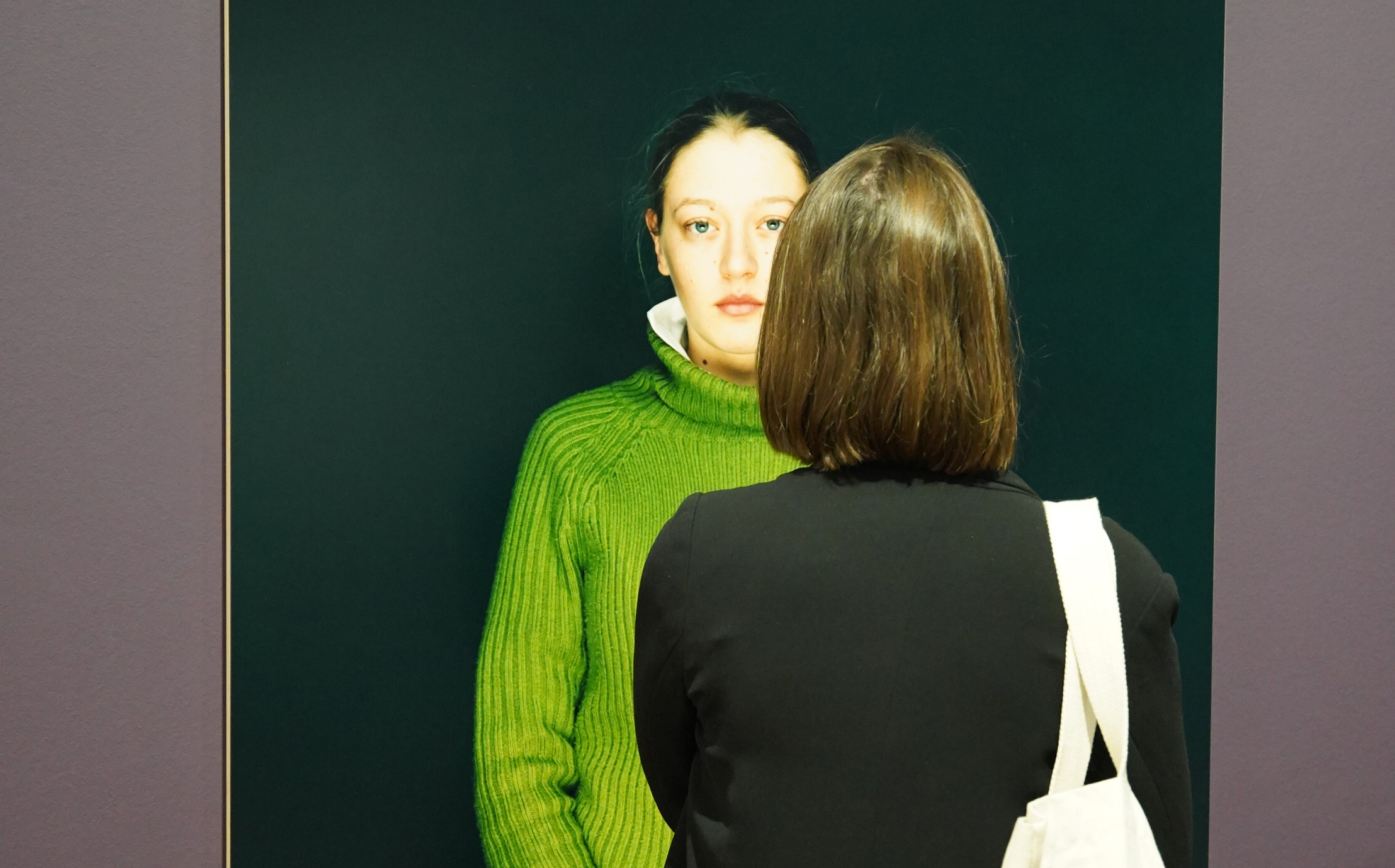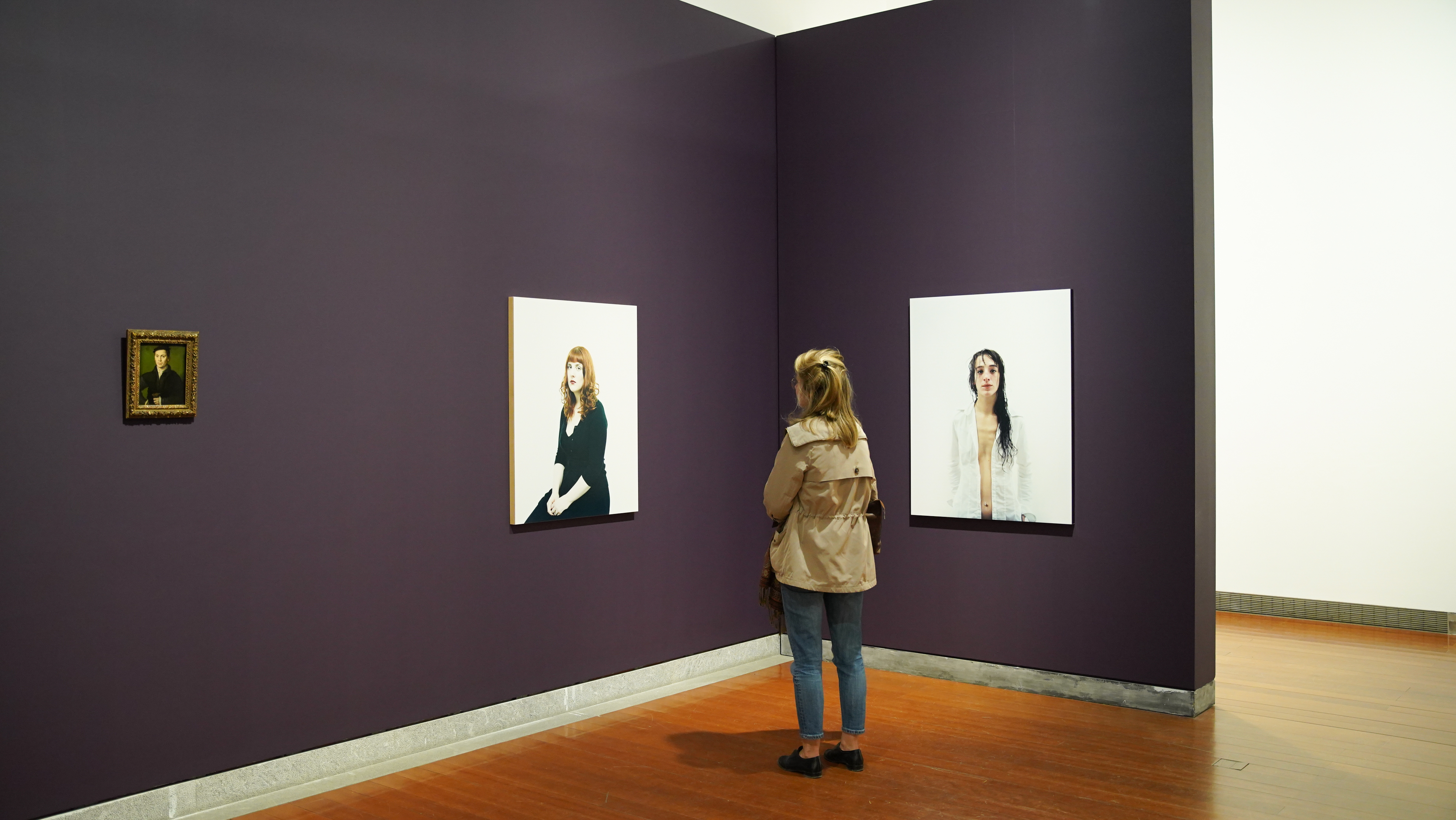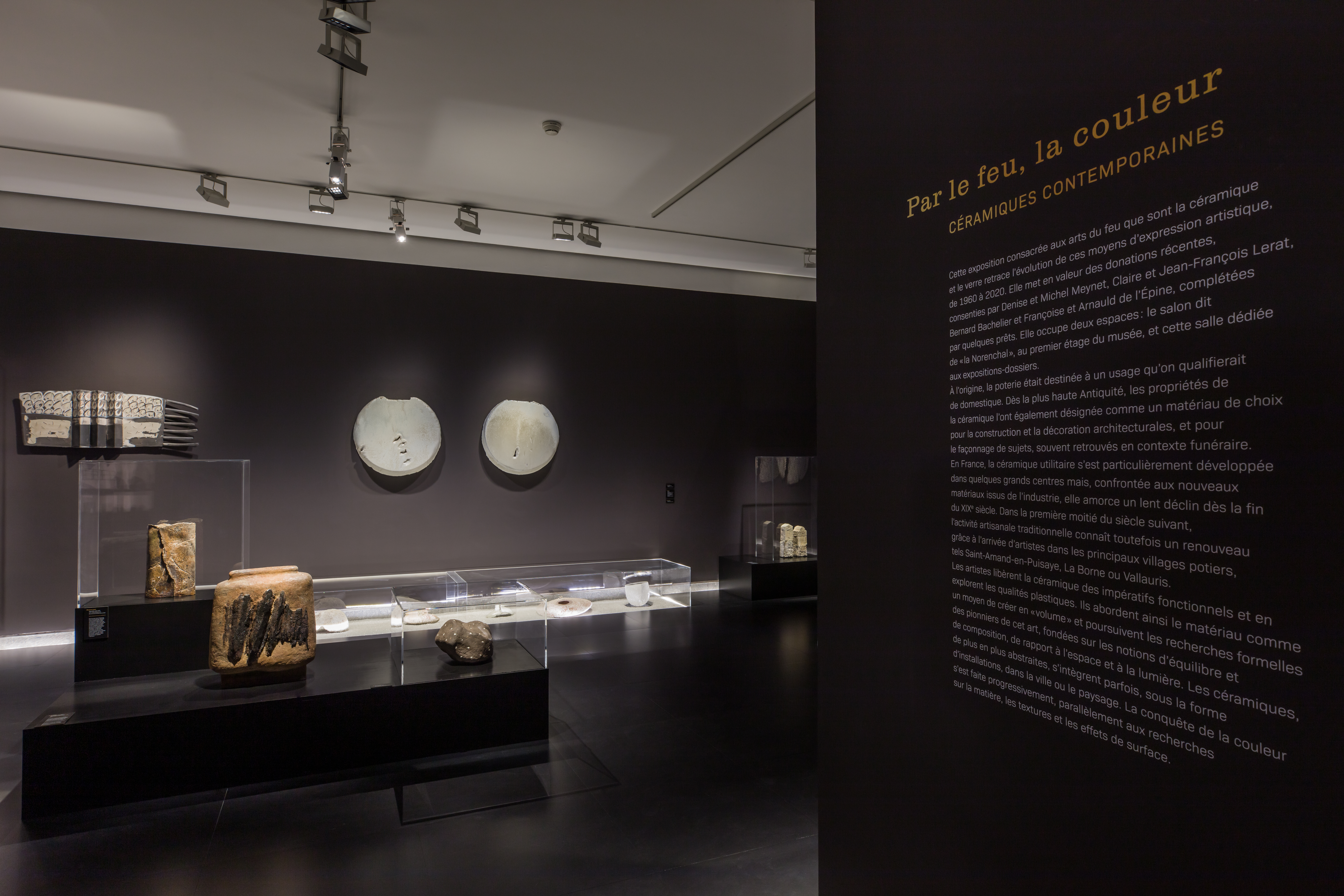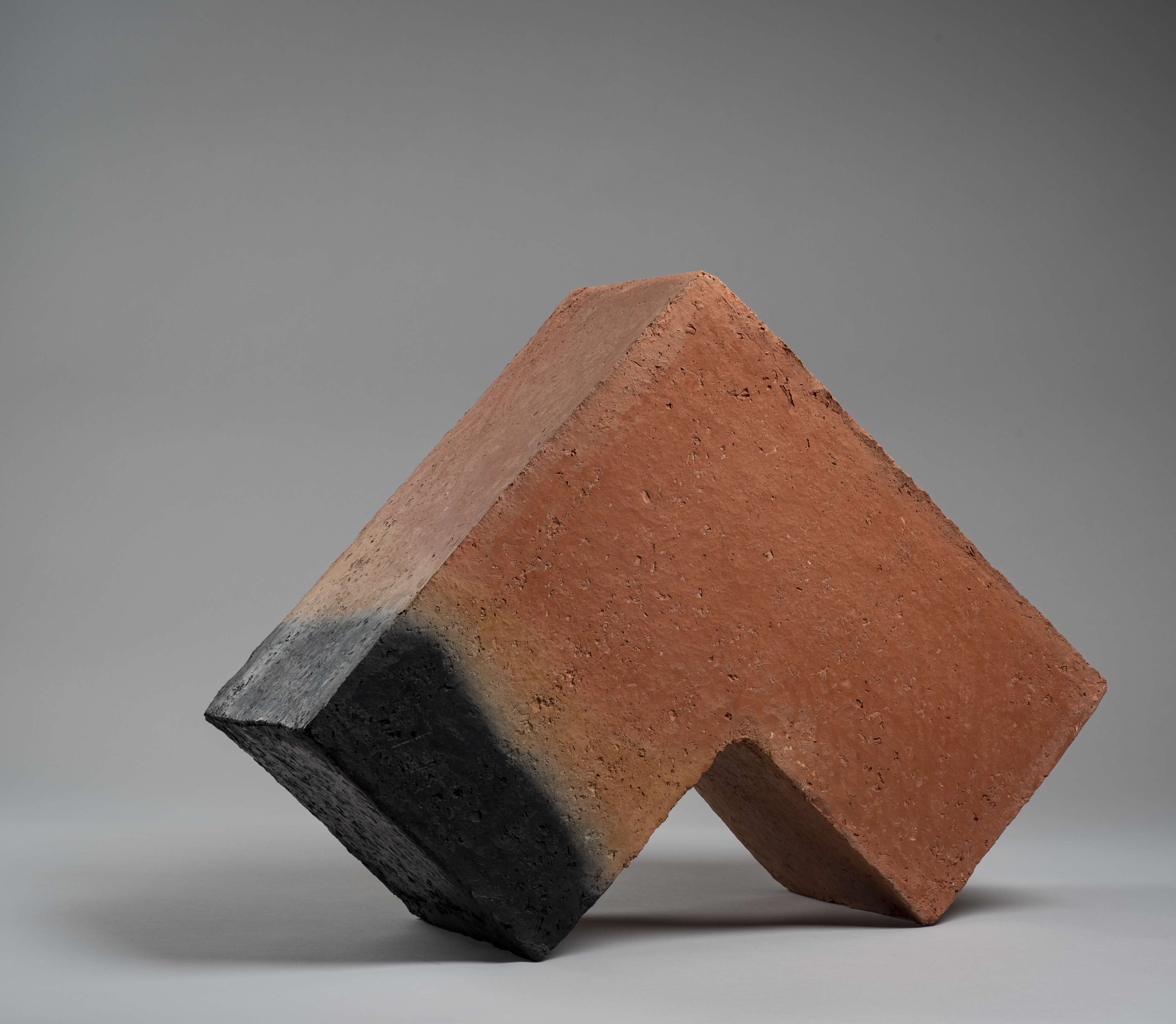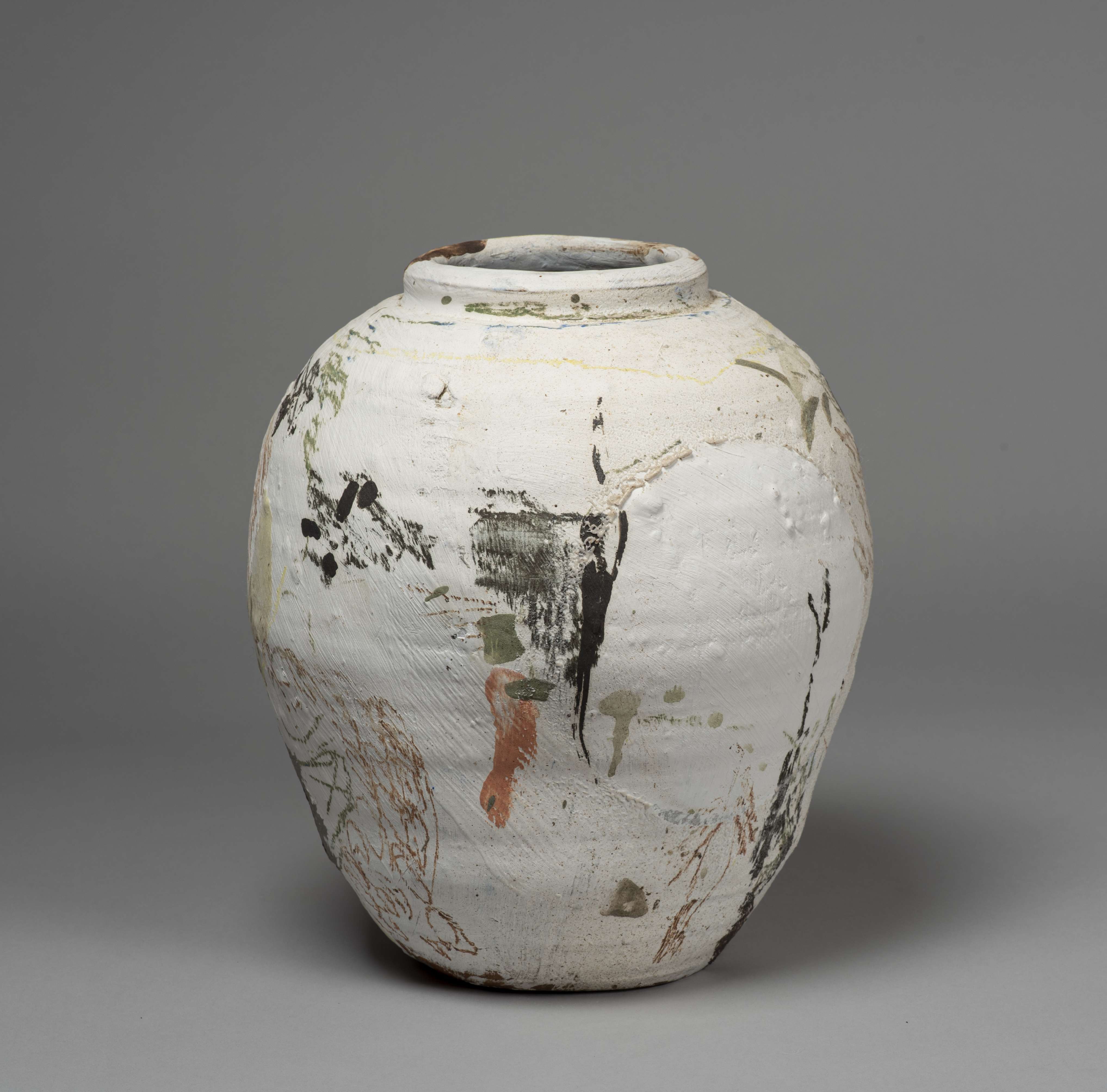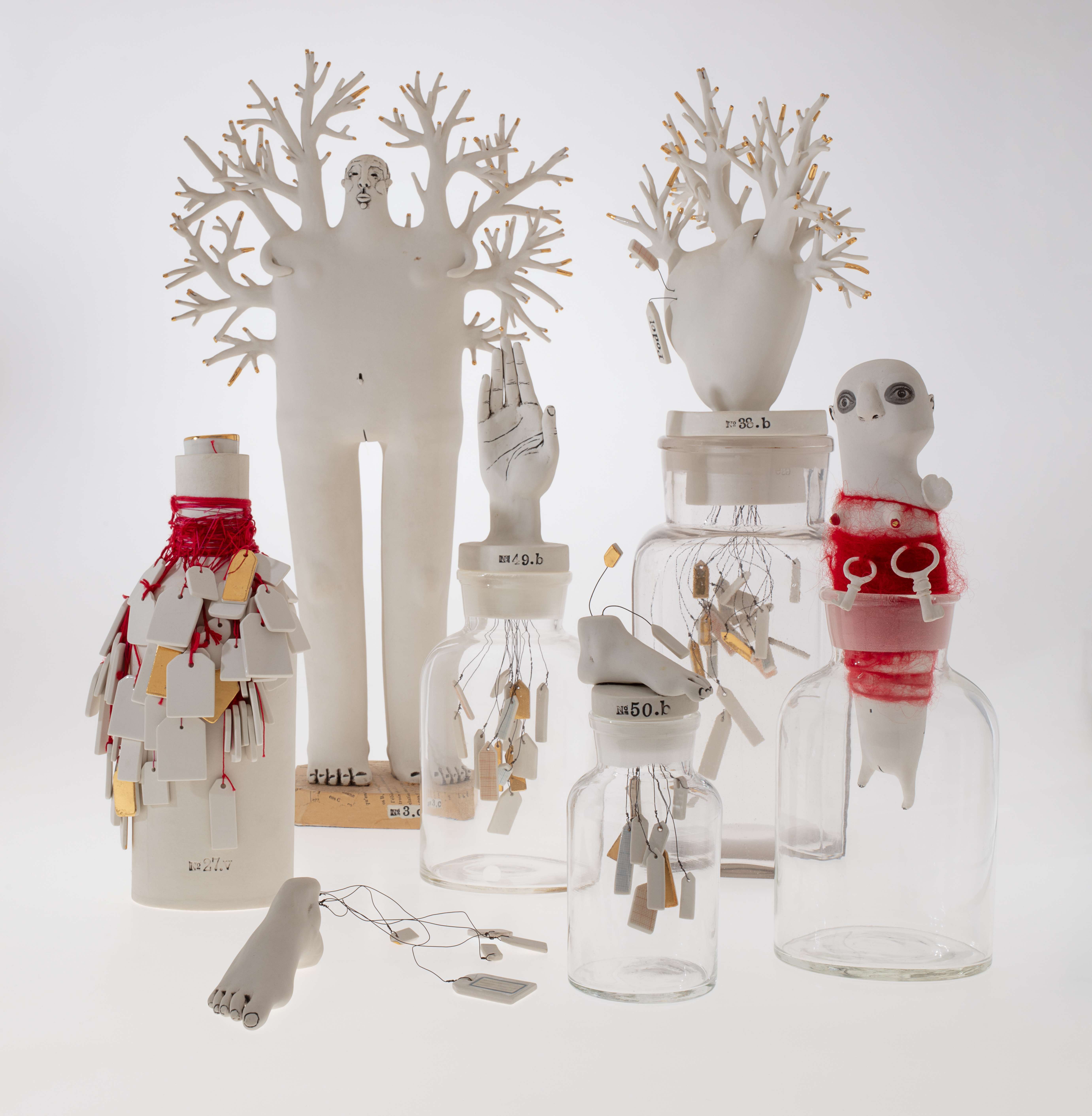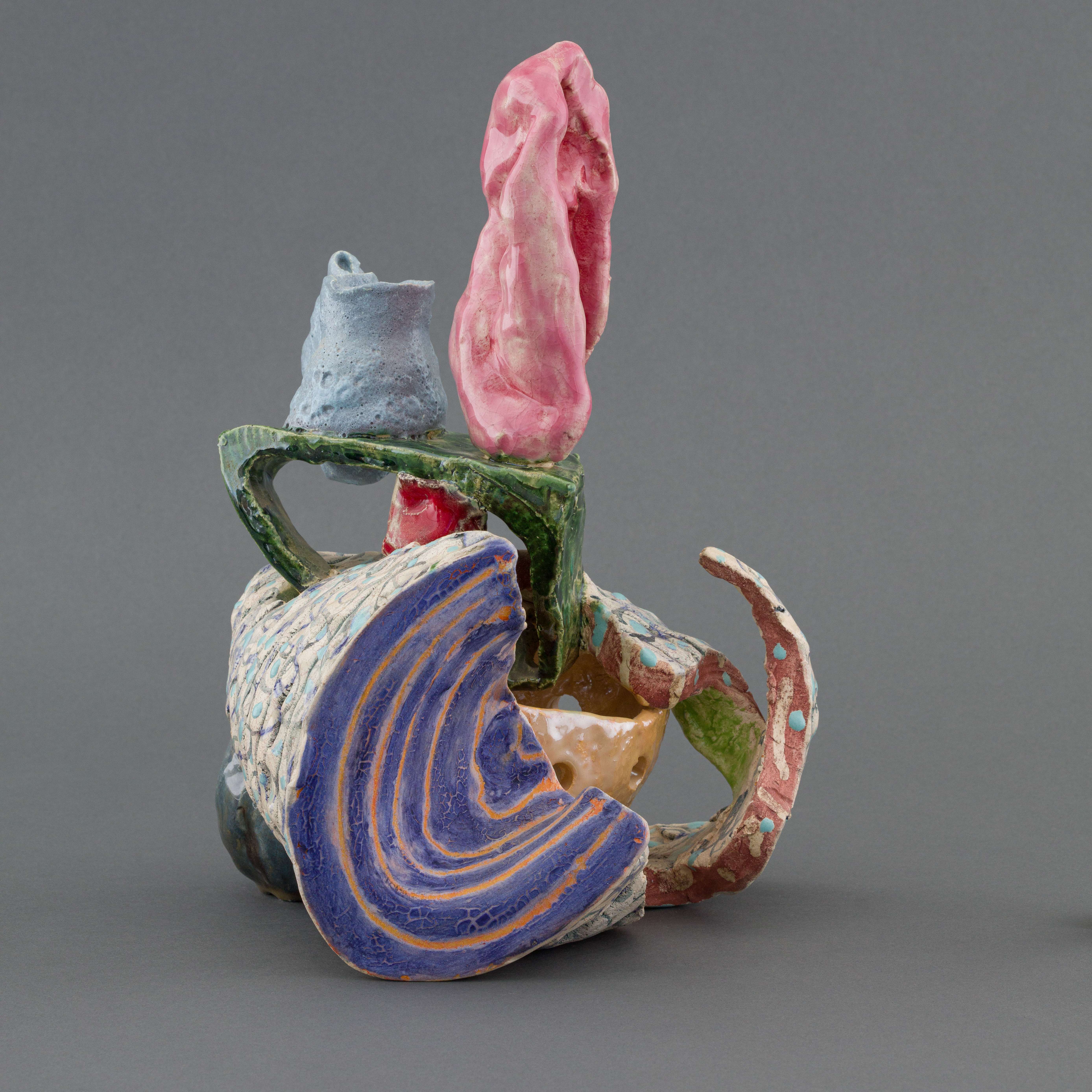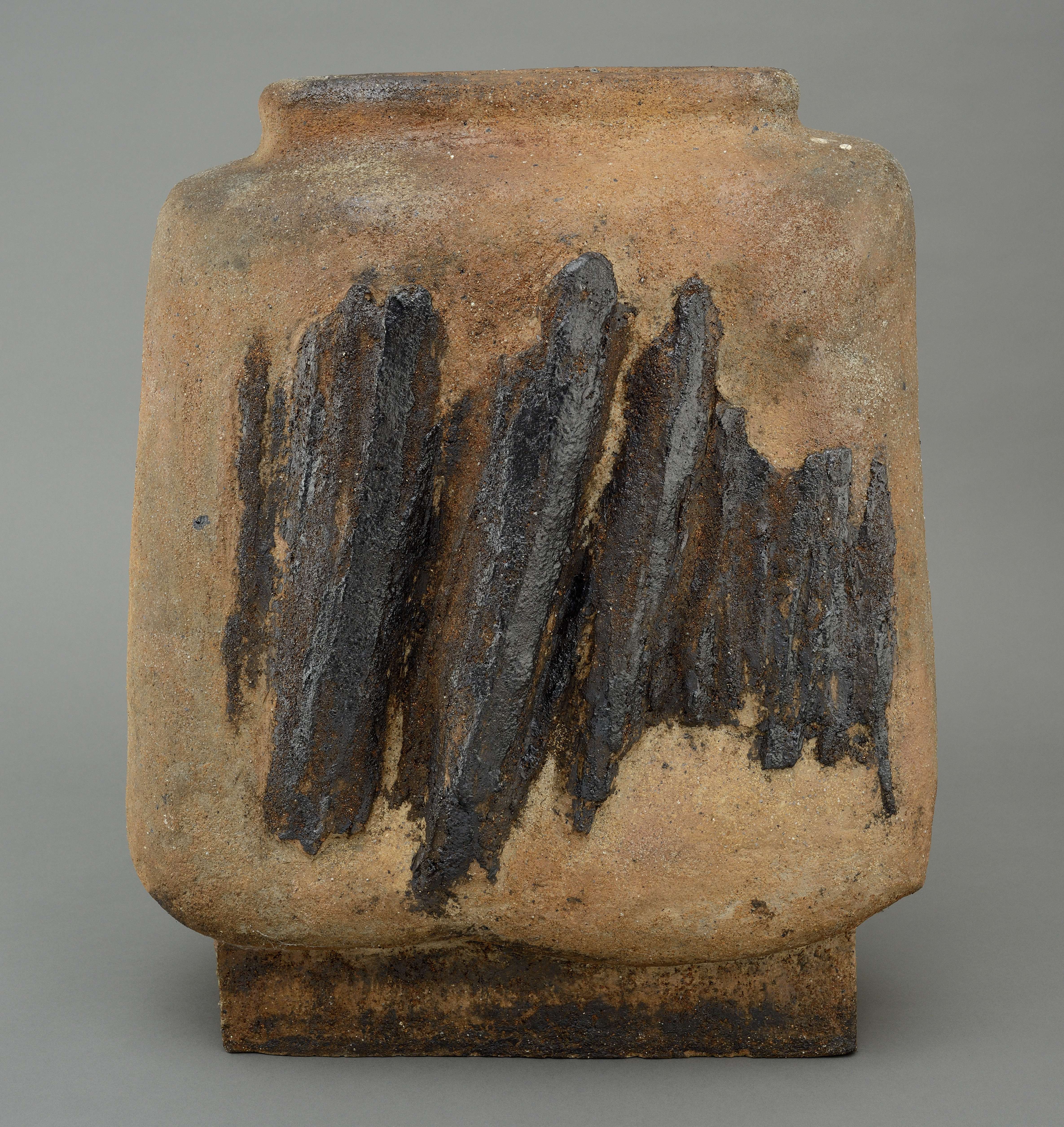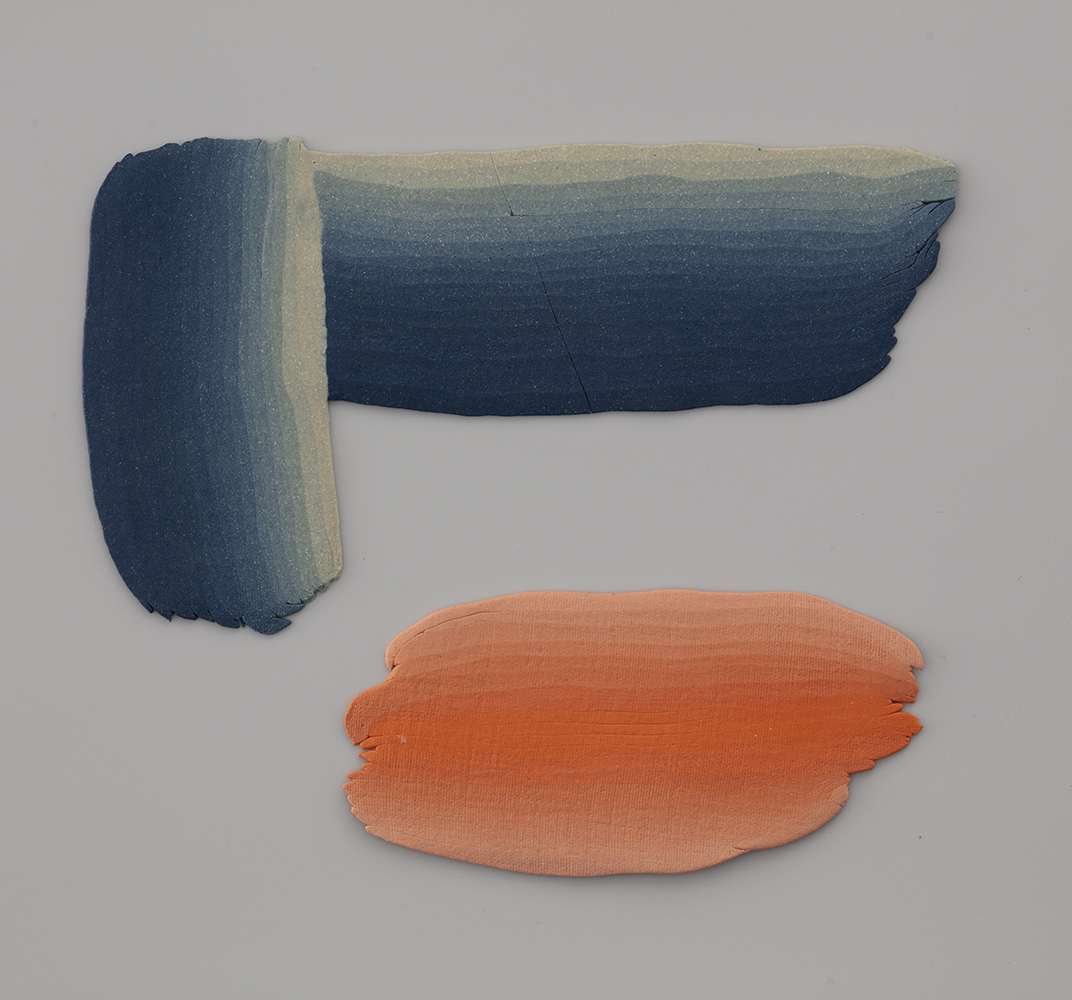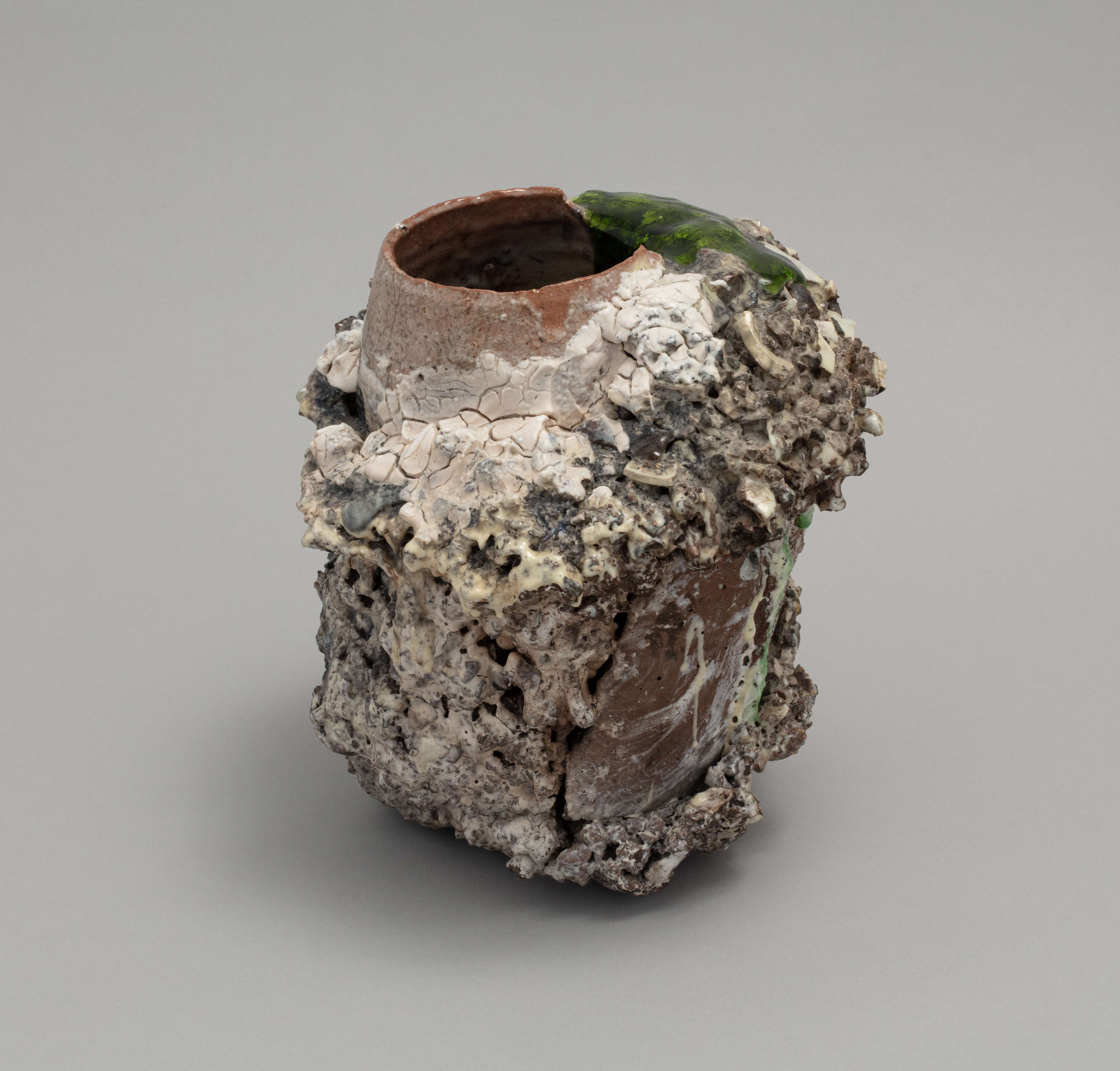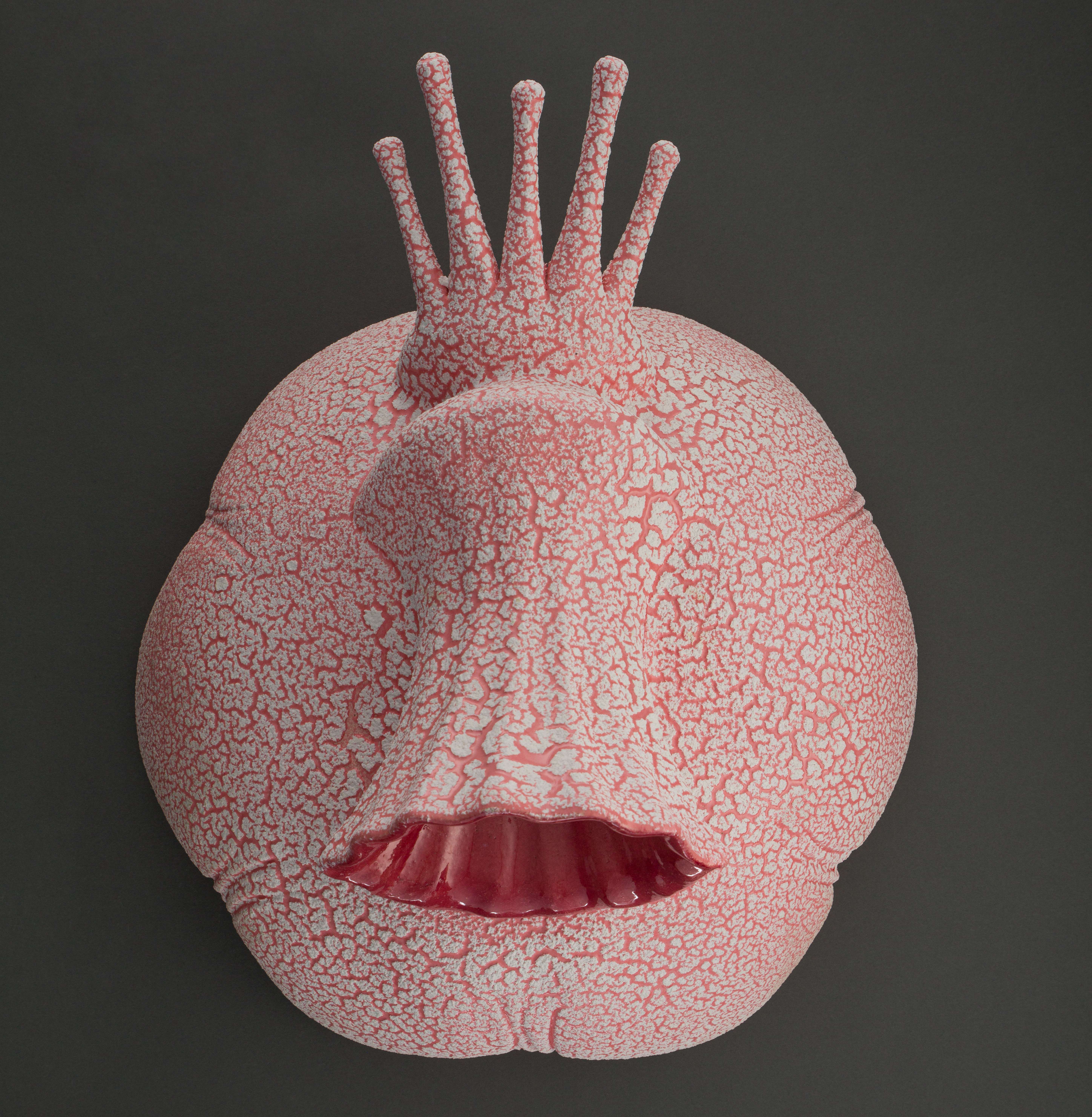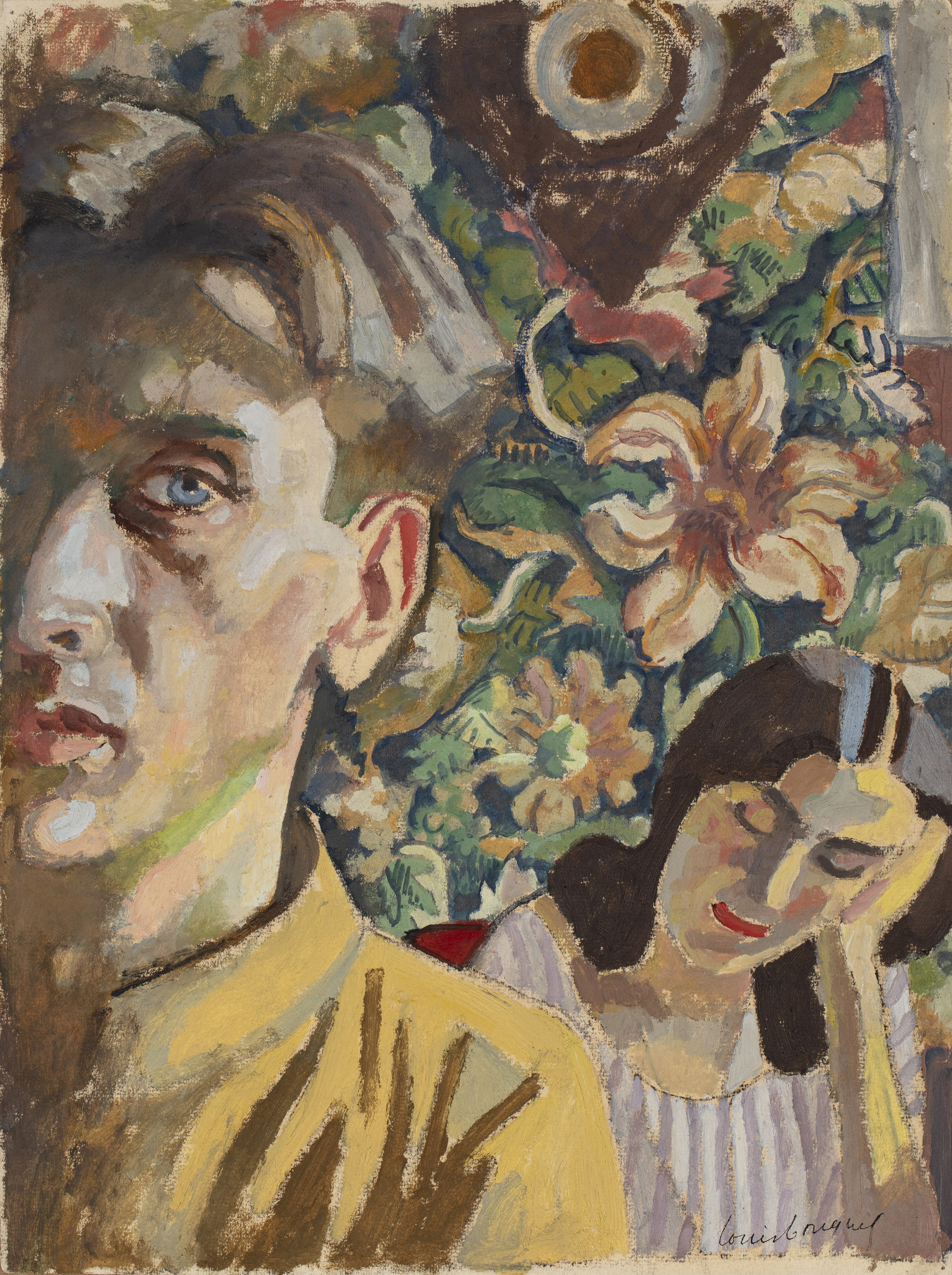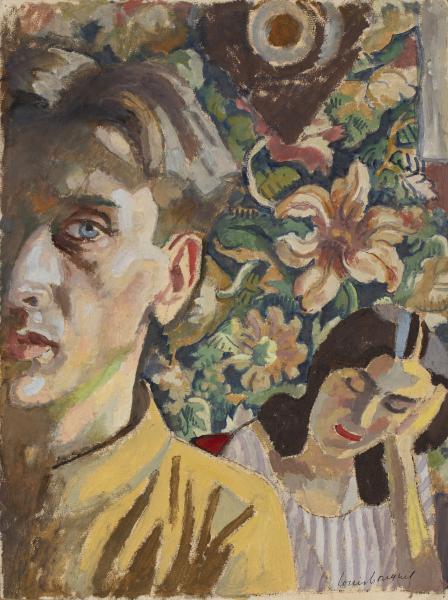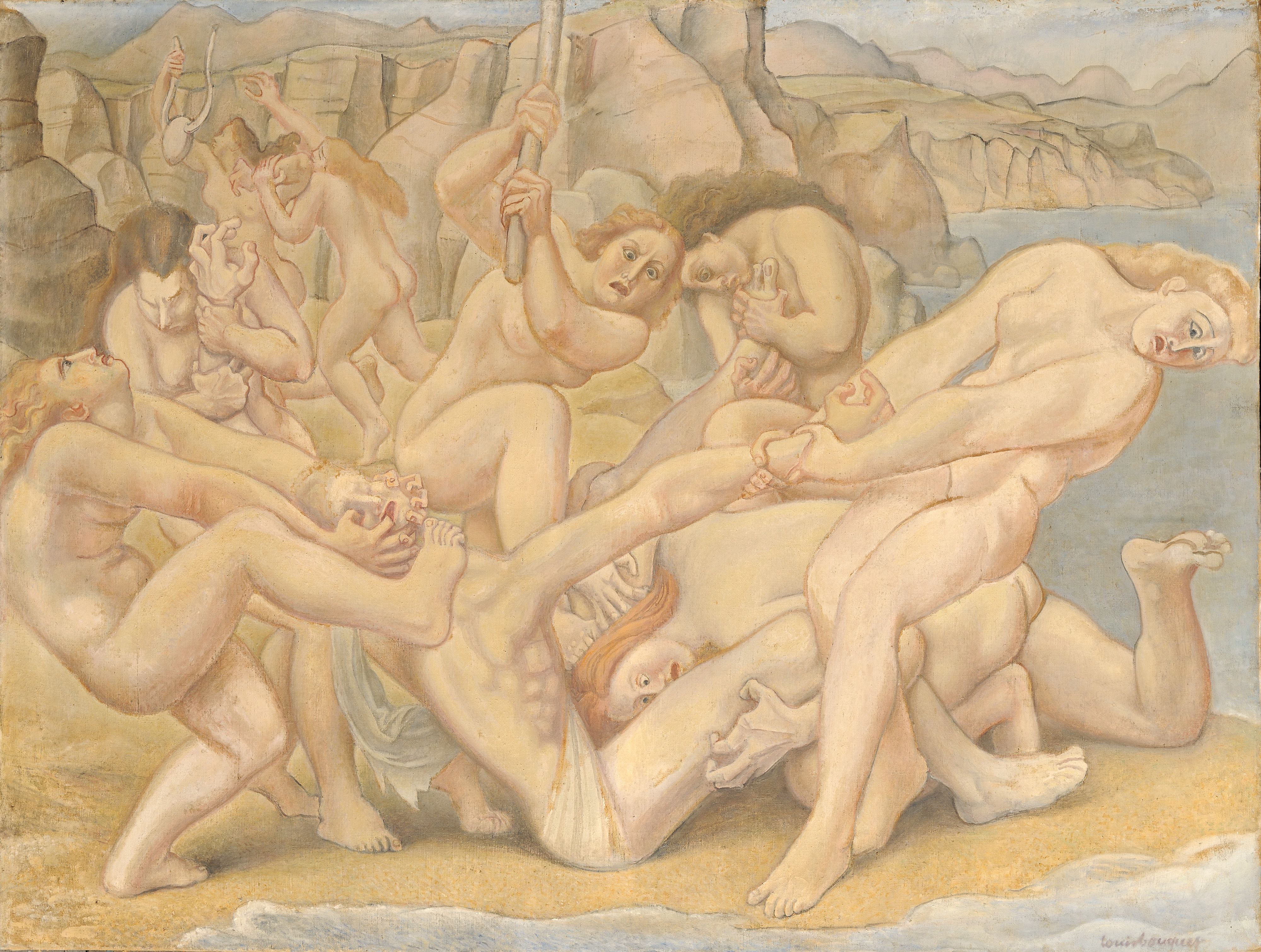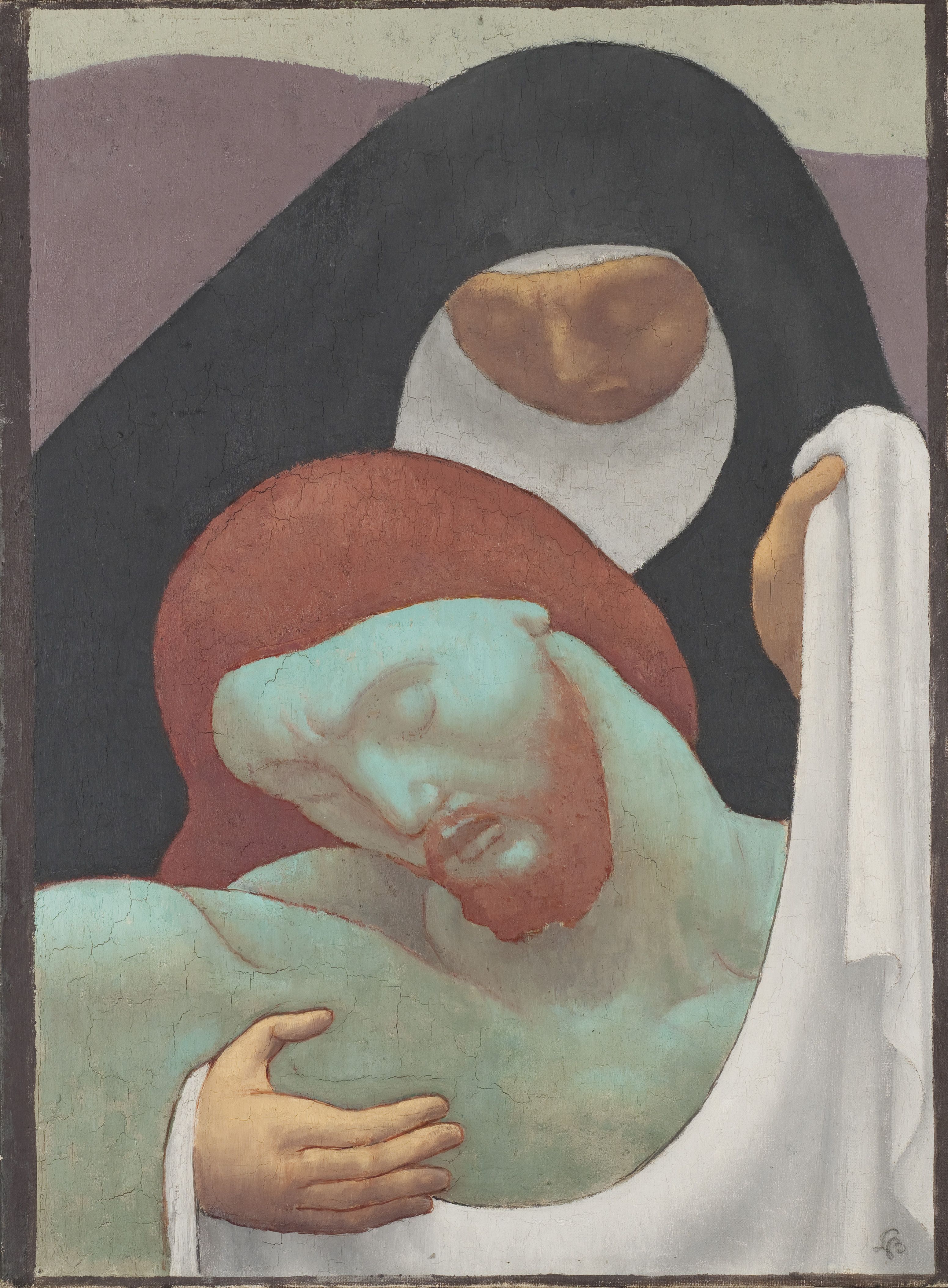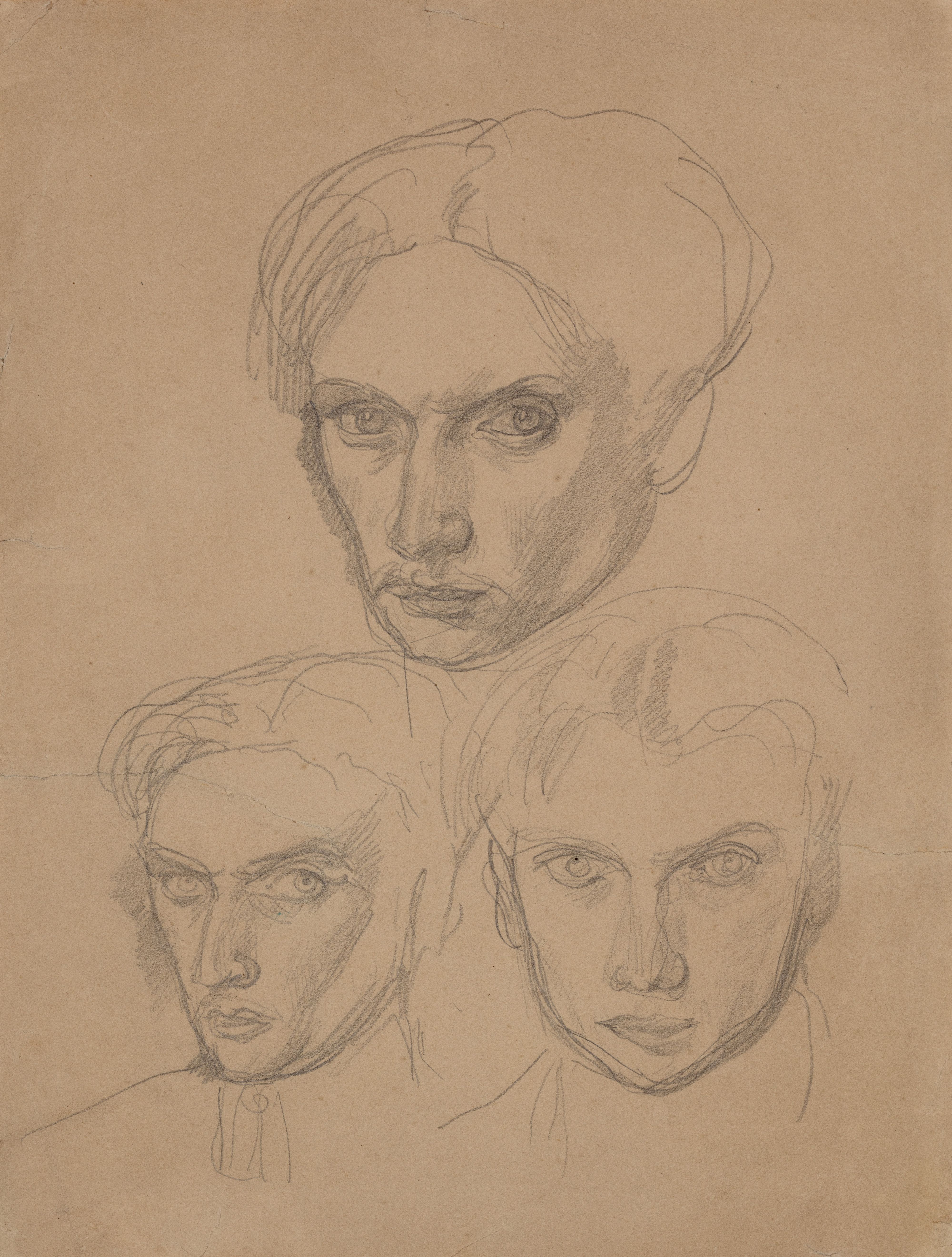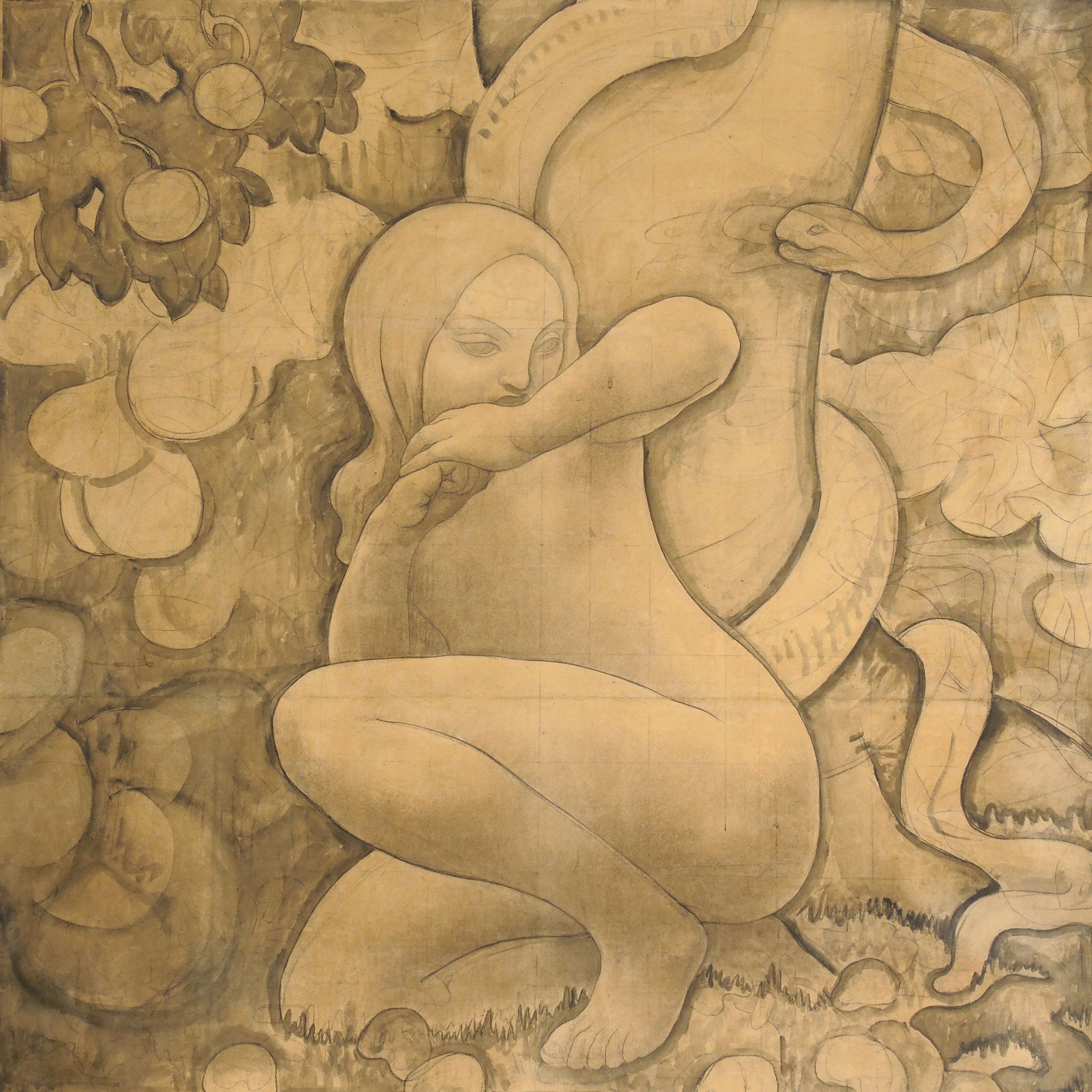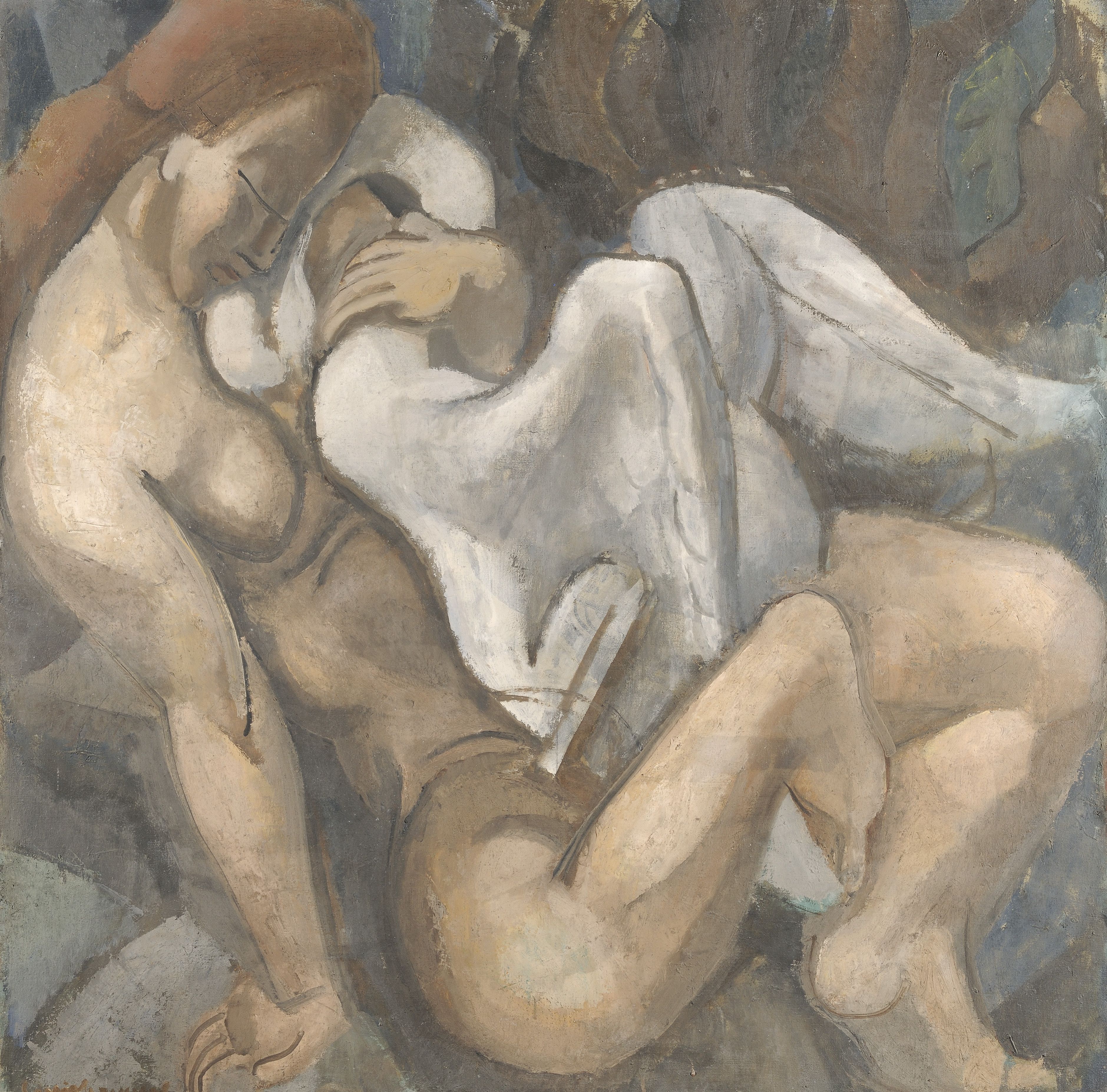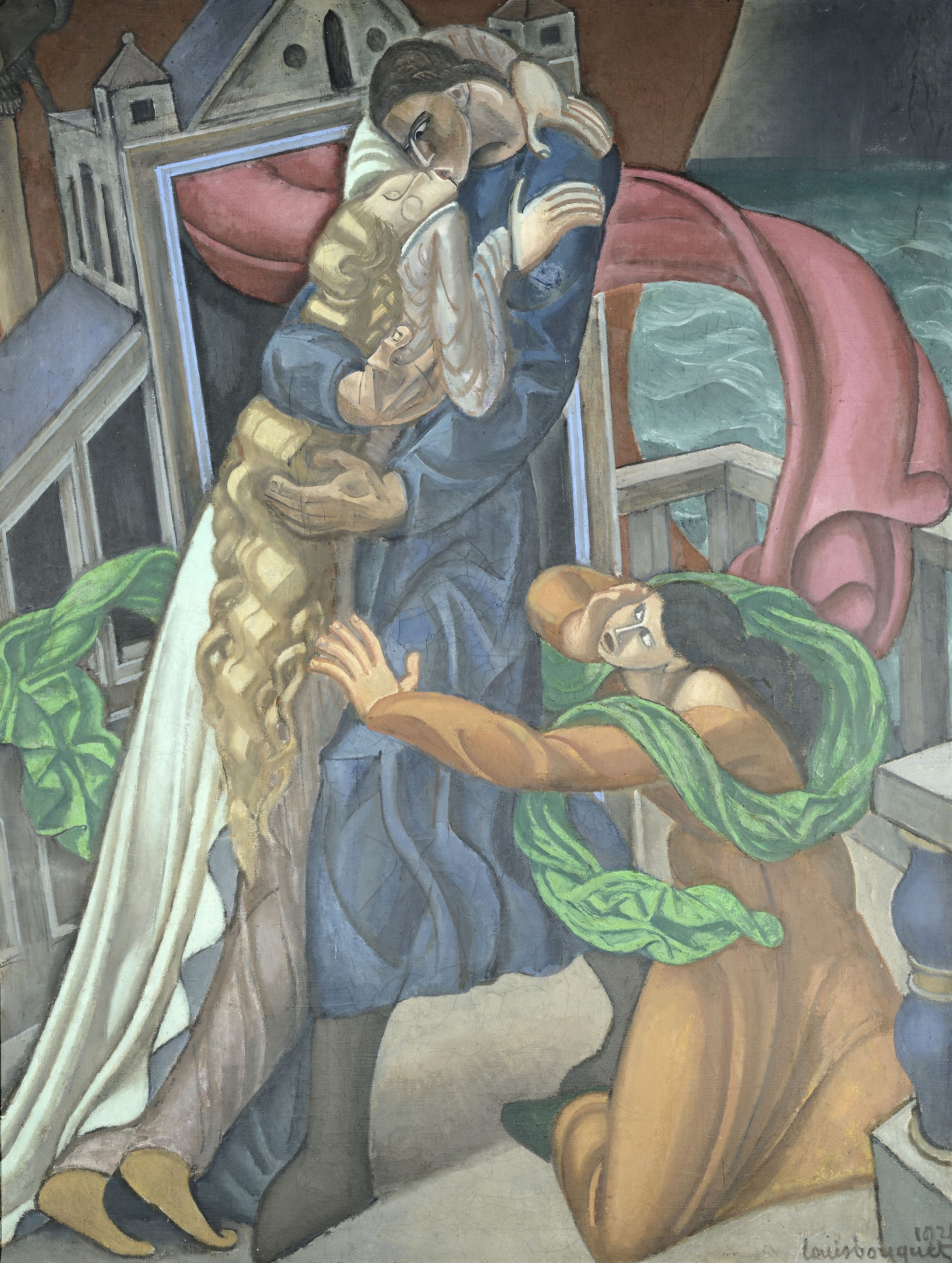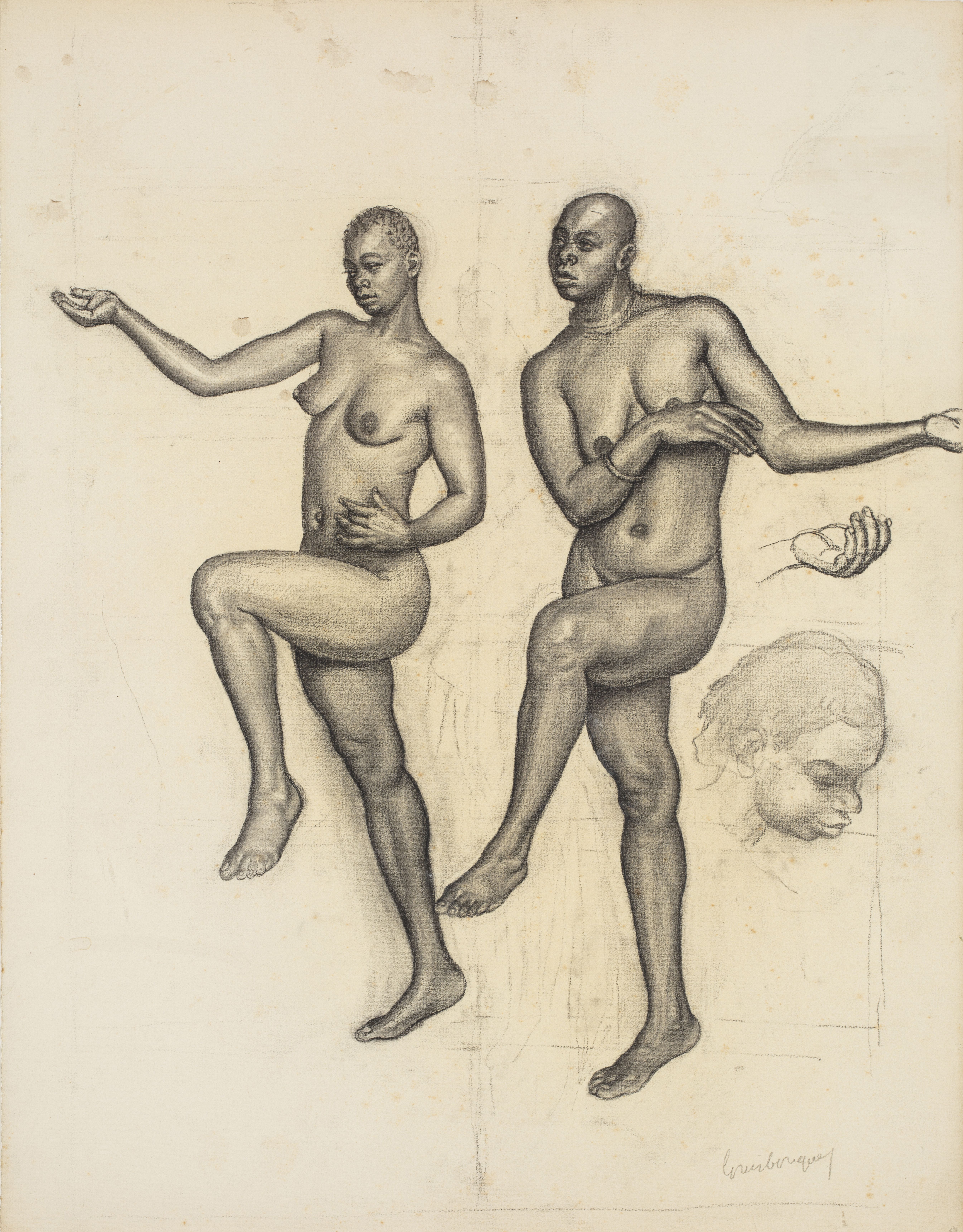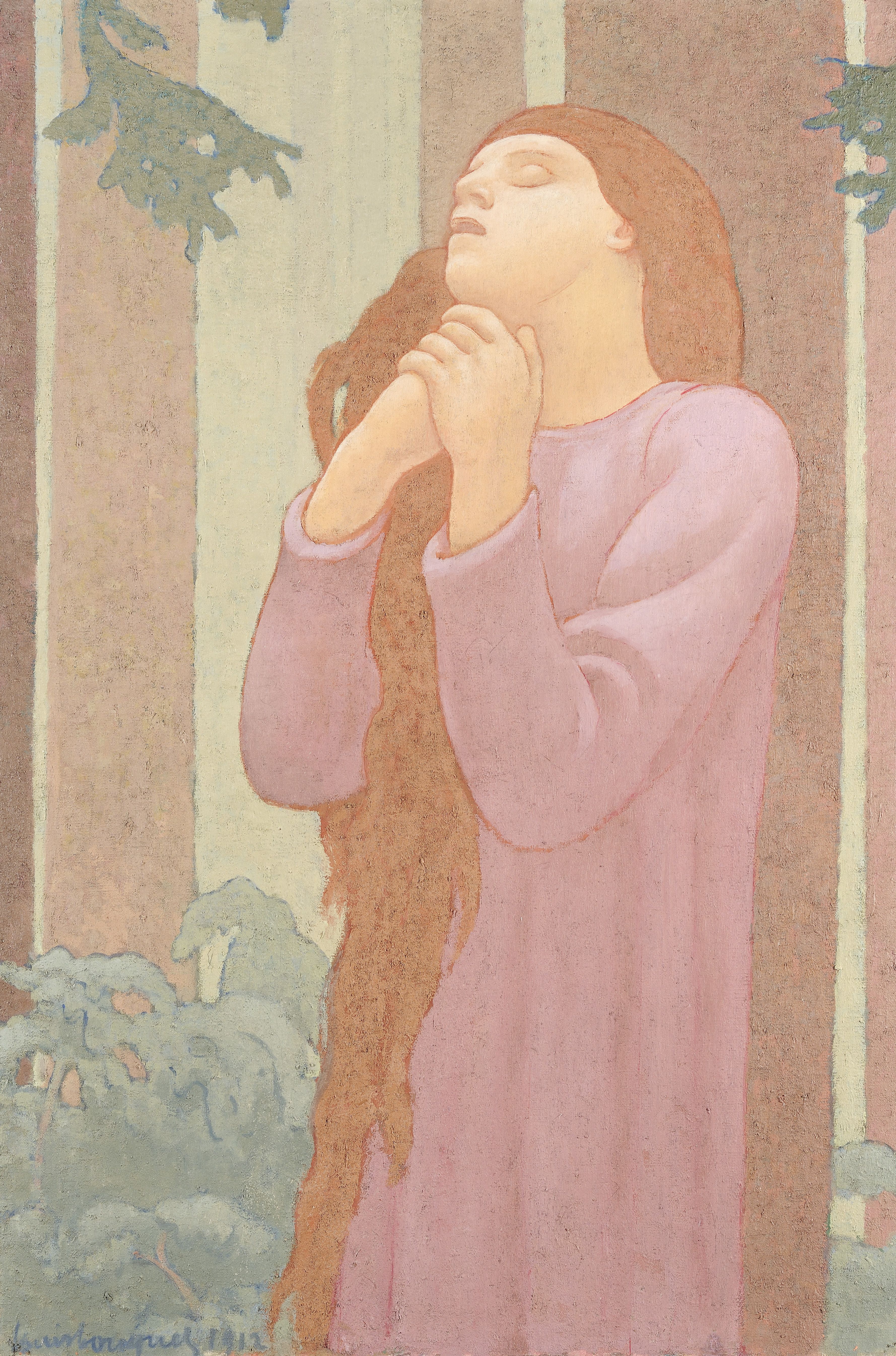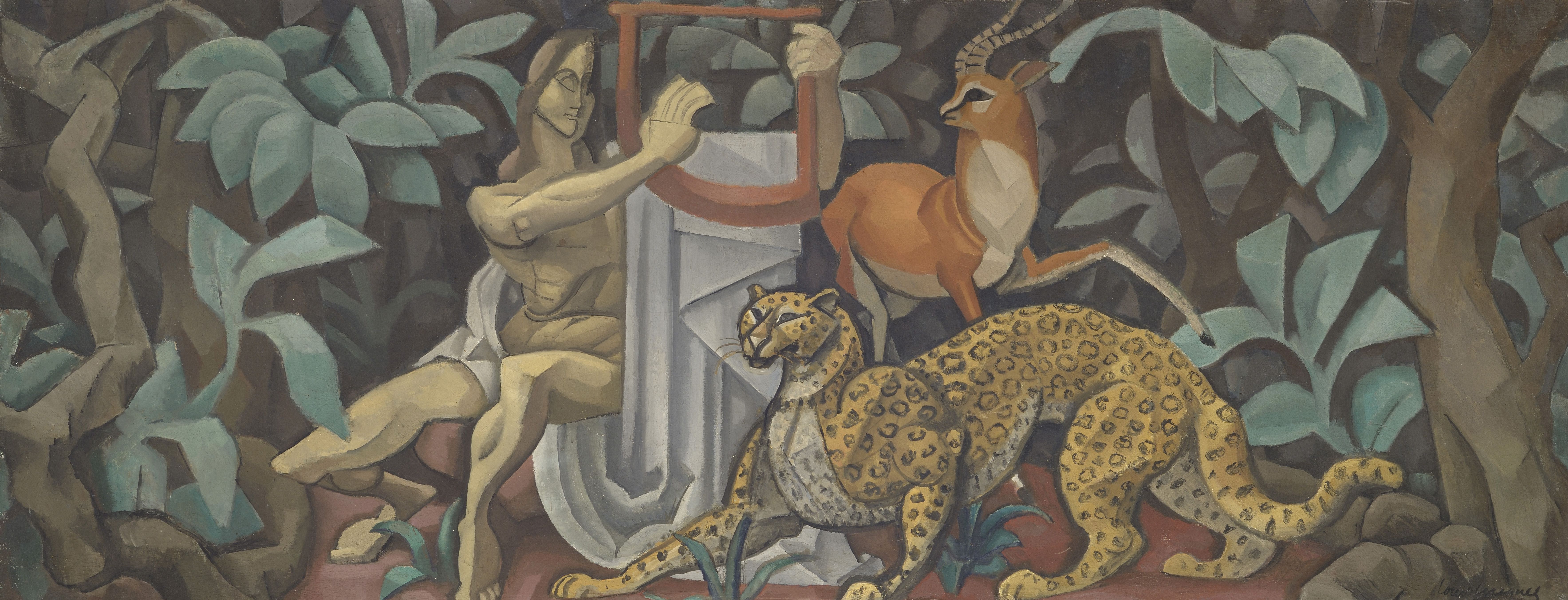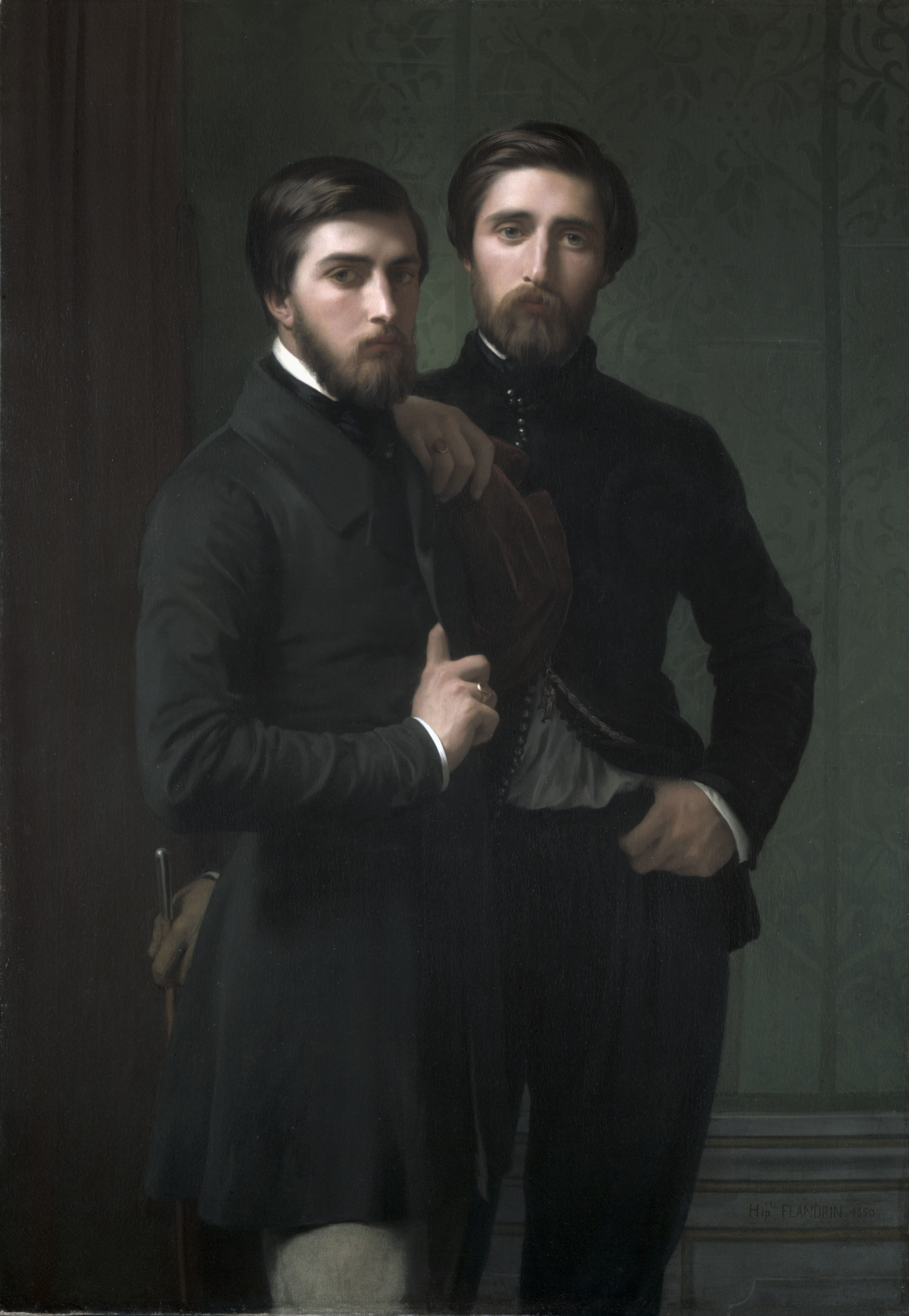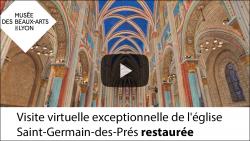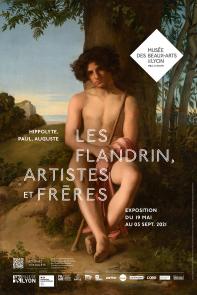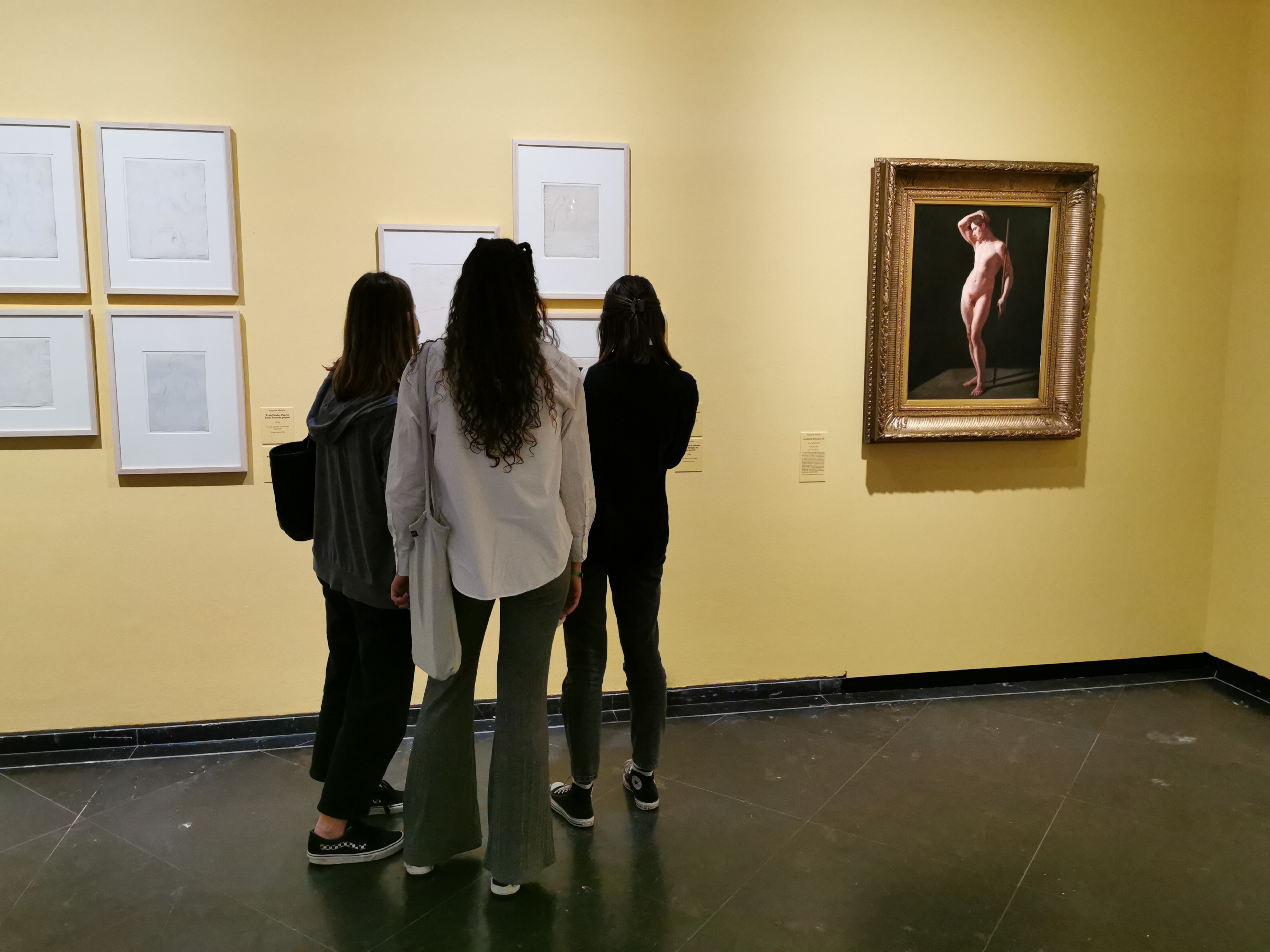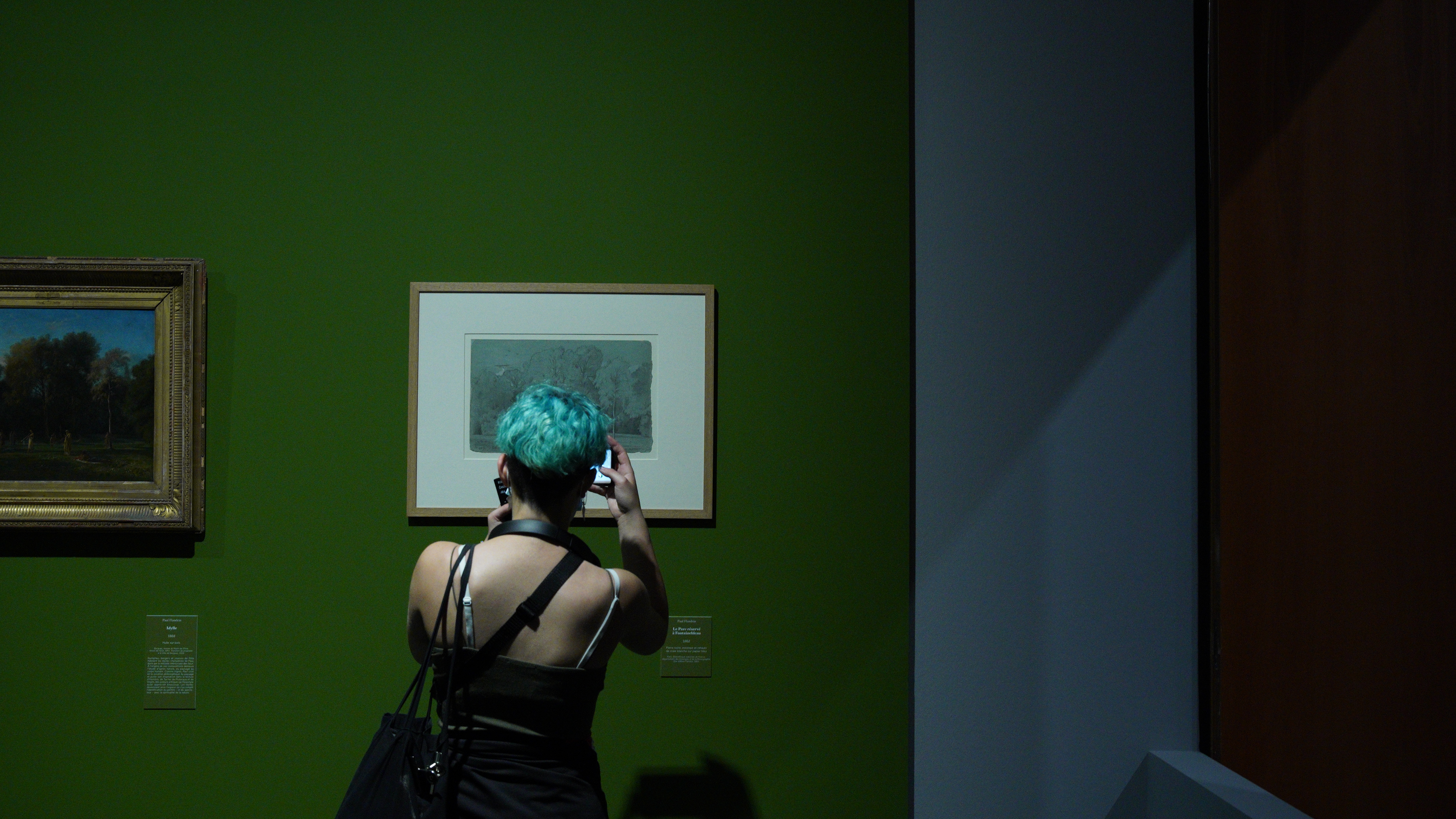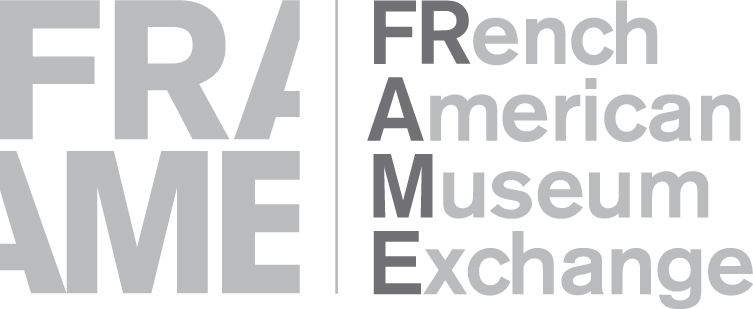From the 12th of May to the 10th of September 2023, Lyon Museum of Fine Arts will be presenting a selection of works from Oman National Museum as part of the exhibition ‘Journey to the land of frankincense: Collections from the Oman National Museum'.
Lyon Fine Arts Museum and Oman National Museum have devised two parallel exhibitions which give a glimpse into their respective collections. Oman National Museum in Muscat will display artefacts from Lyon Museum of Fine Arts, in an exhibition entitled ‘Fragrant Journeys’ built around the theme of perfume and incense (17 October 2022 - 7 May 2023). In May, visitors to the Museum of Fine Arts will be invited to discover Oman's historic and artistic heritage.
The Sultanate of Oman is quite rightly famed for the beauty of its landscapes with their mountains, sea, and desert, and has a rich history going back thousands of years with traditions that have fortunately been preserved. With around twenty pieces from Antiquity to the present day, including incense-burners, architectural fragments, metal artworks, manuscripts, and jewellery, this exhibition bears witness to Oman's rich culture.
The photographs of Ferrante Ferranti provide a highly evocative backdrop, transporting visitors into the heart of this captivating country.
8€ - 4€ - free see conditions
The exhibition is open from wednesday to monday, from 10 am to 6 pm, and friday, from 10h30 am to 6 pm.
Closed Tuesday and national holidays.
